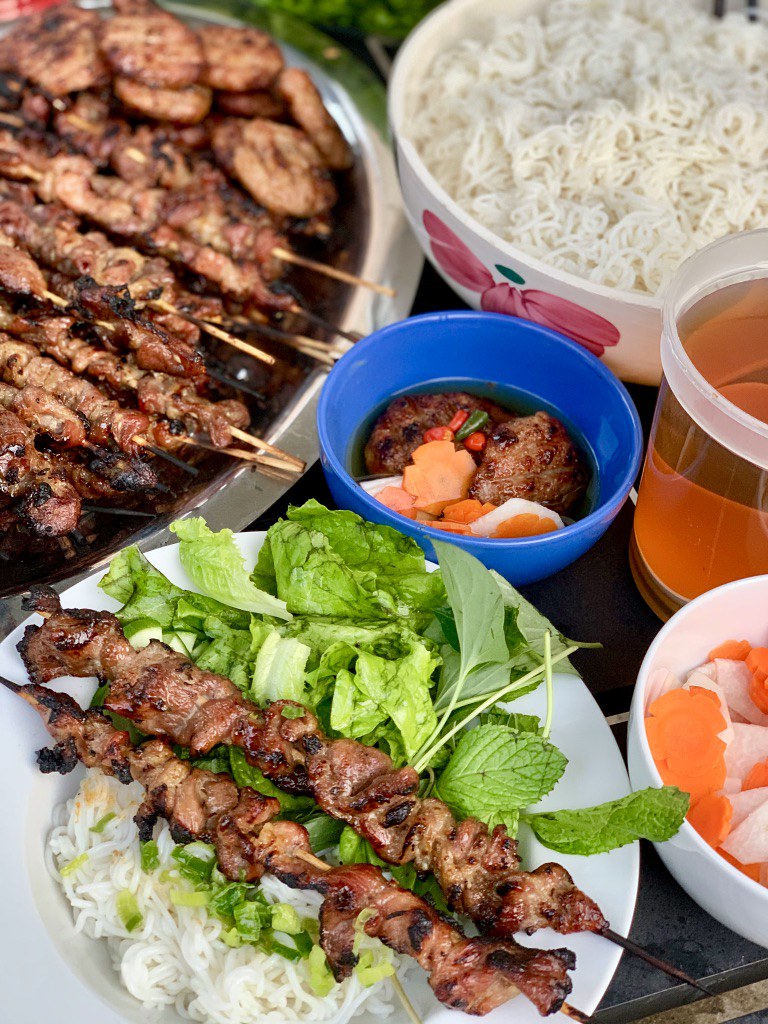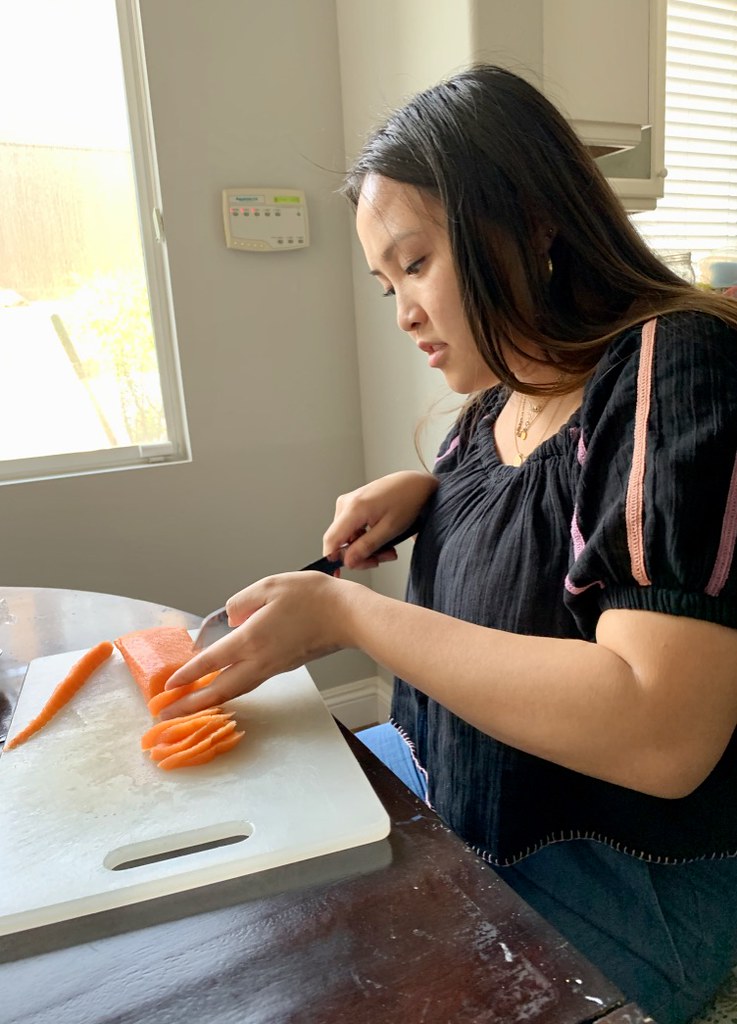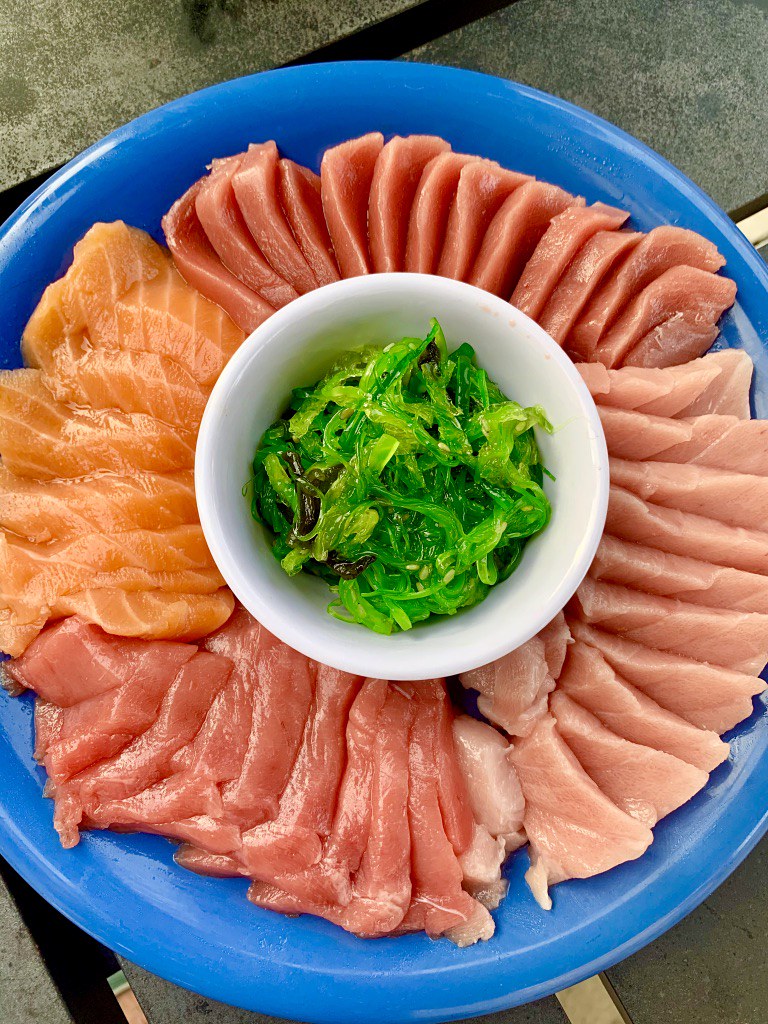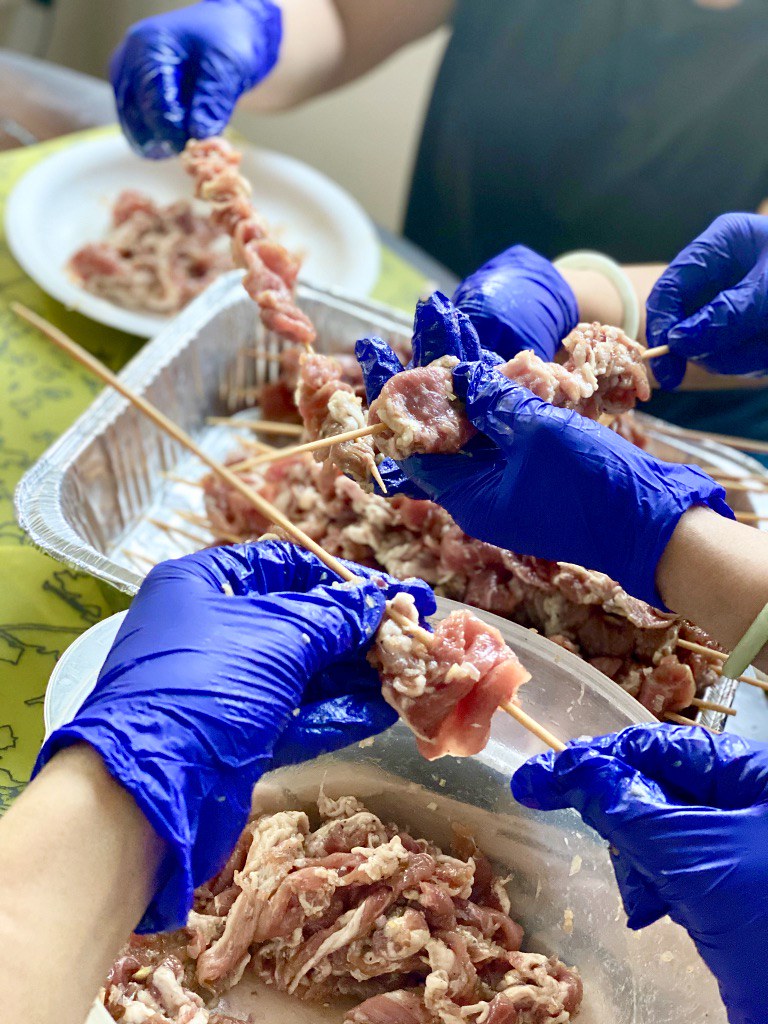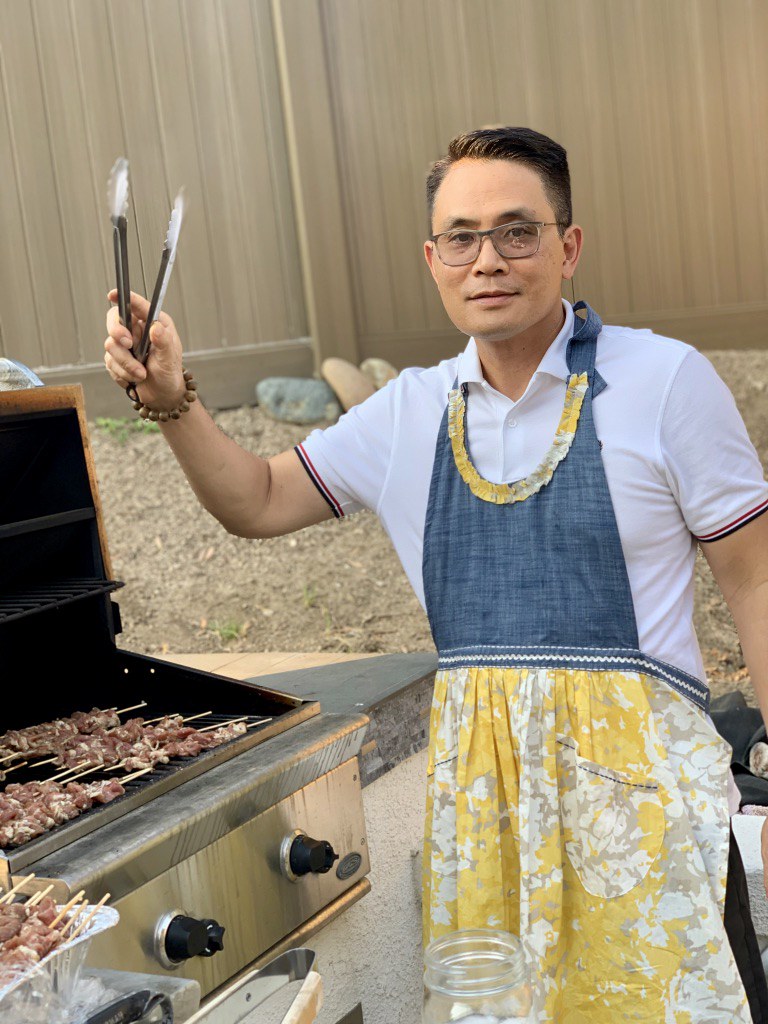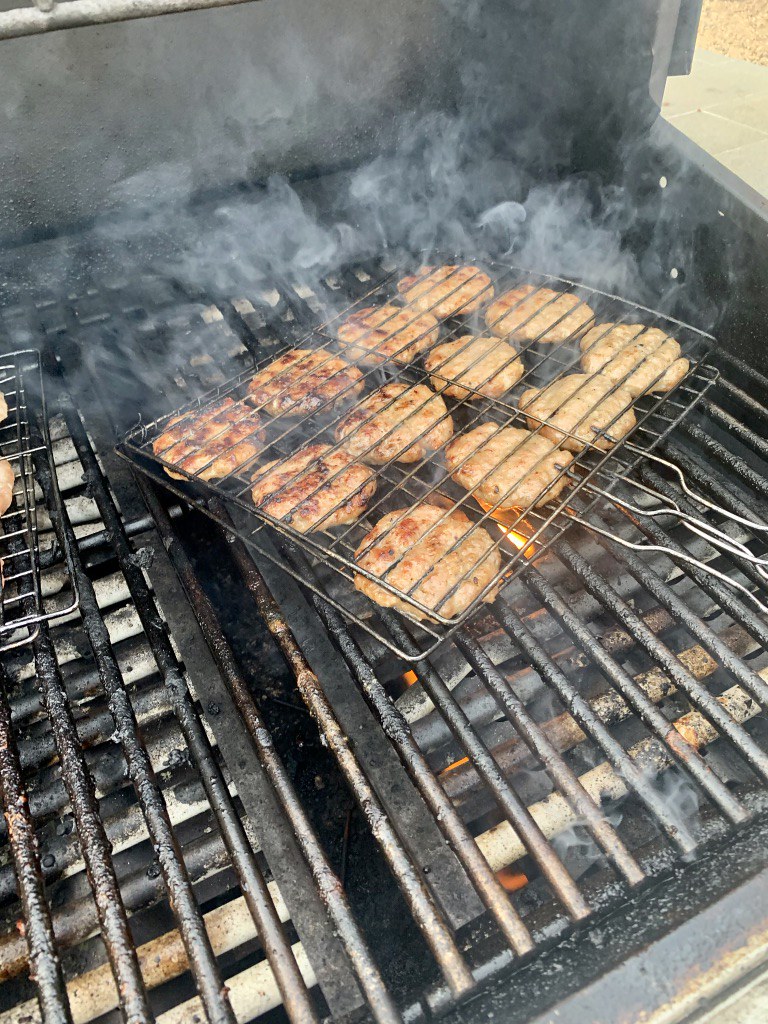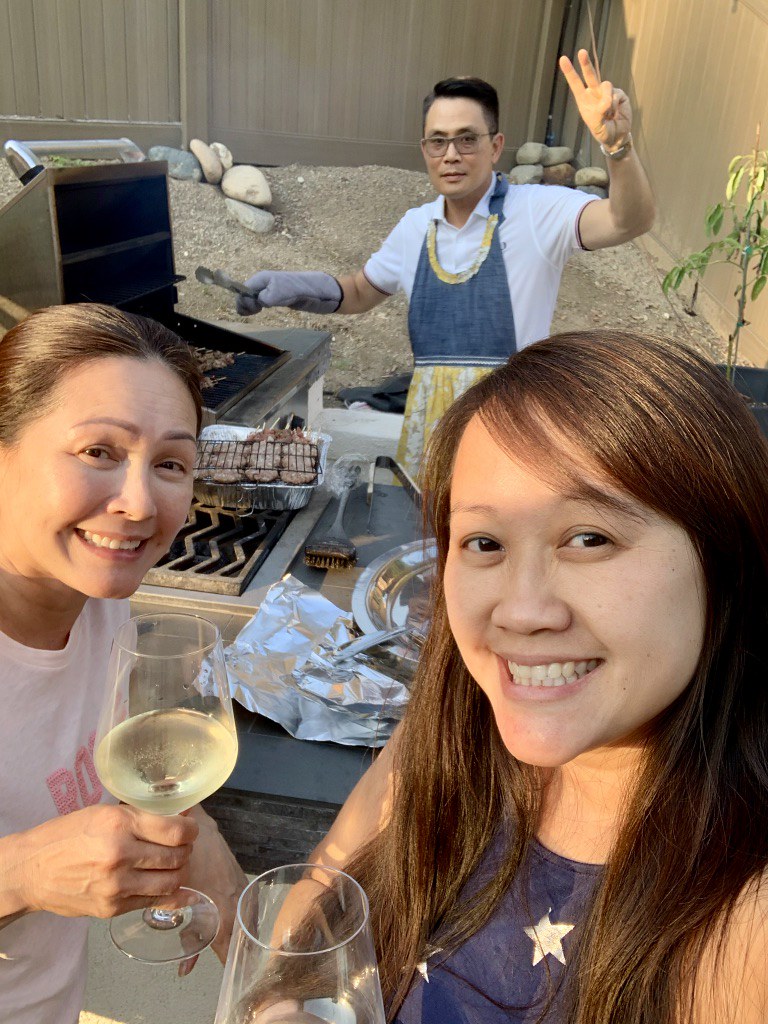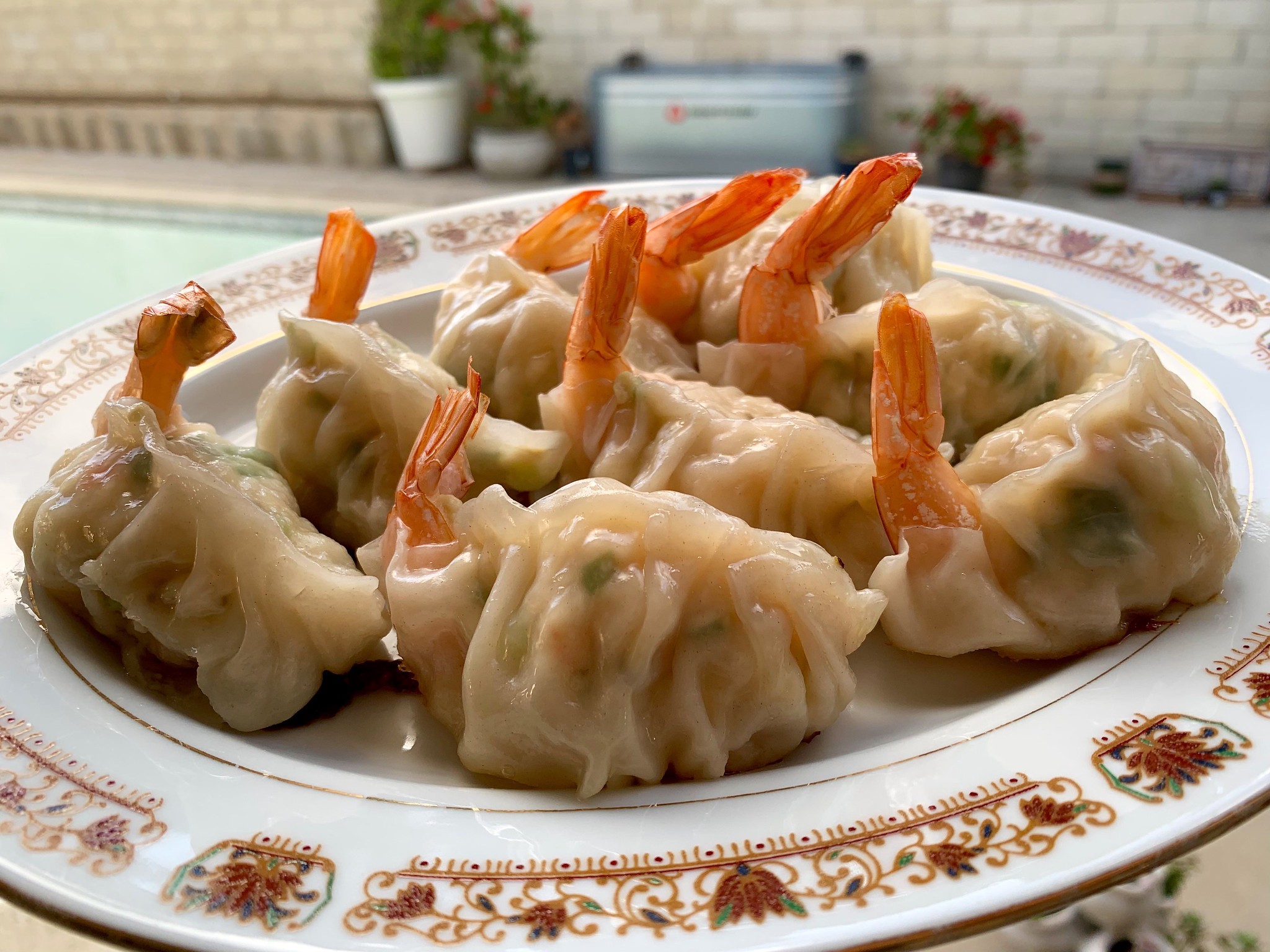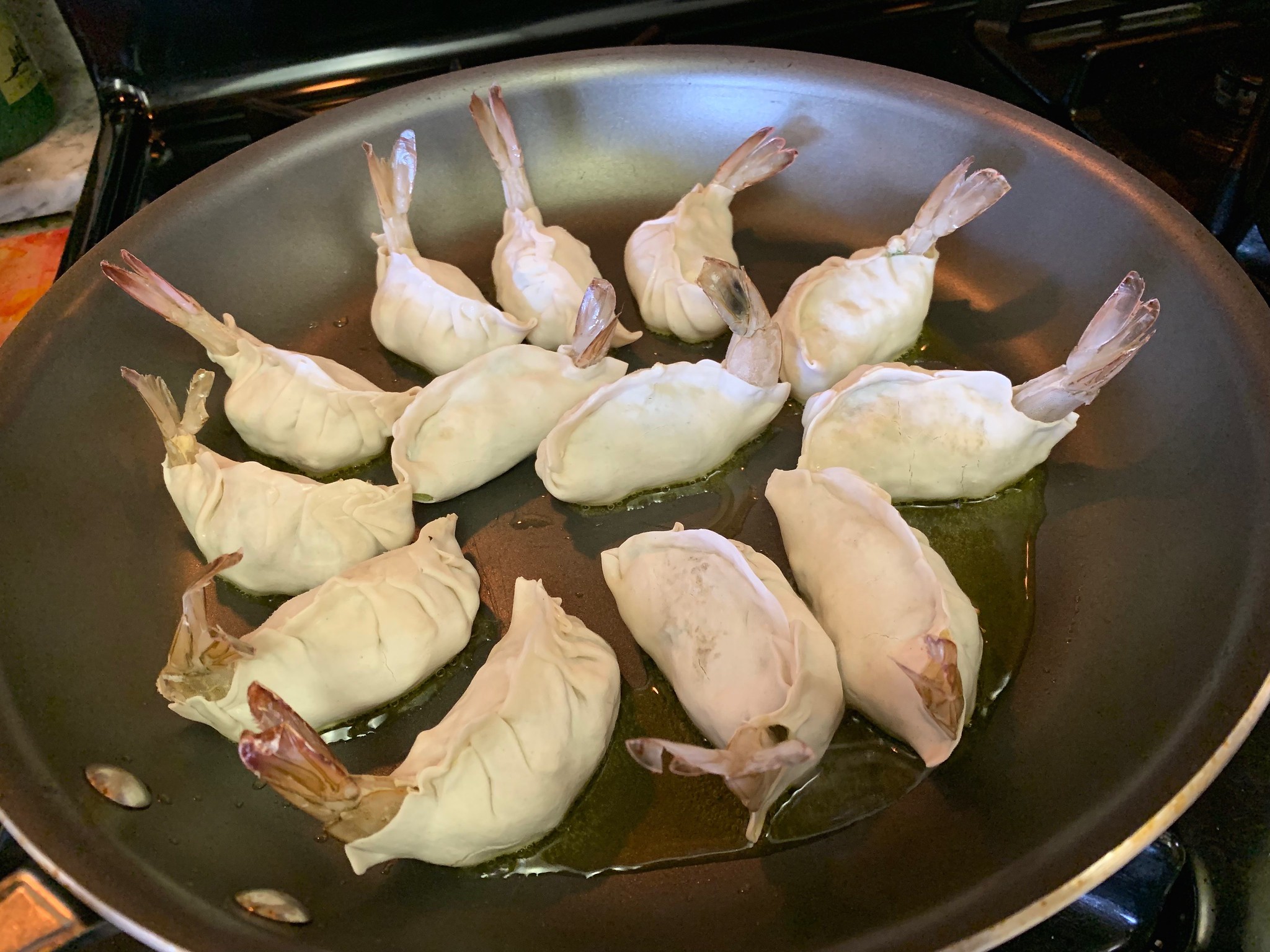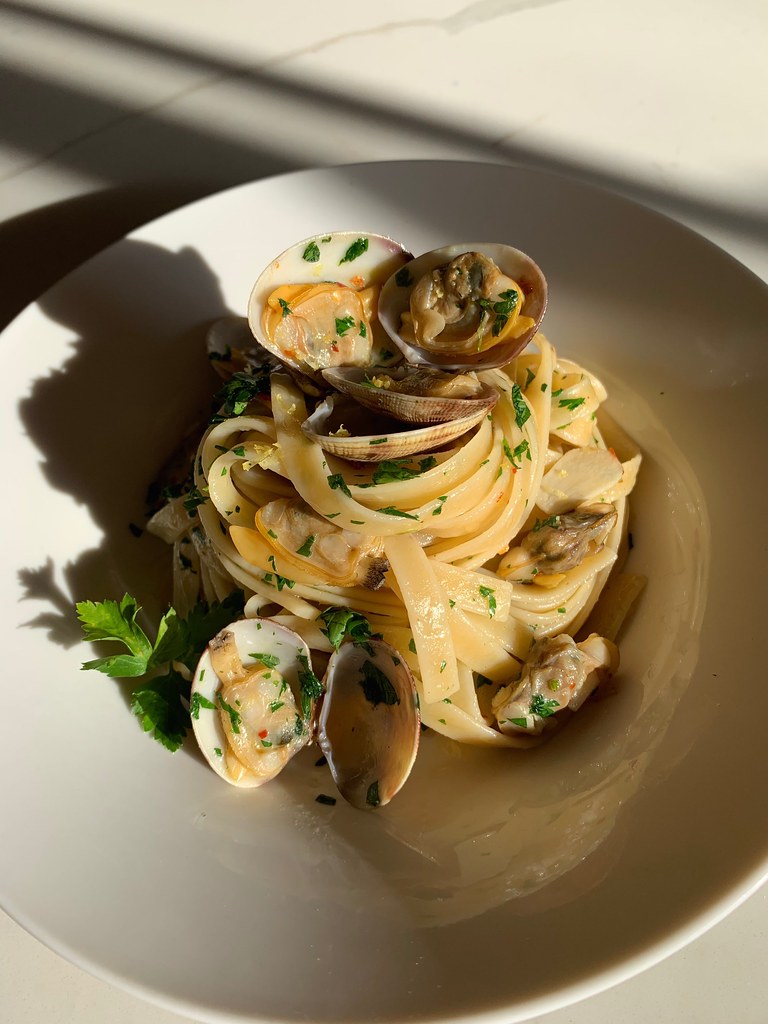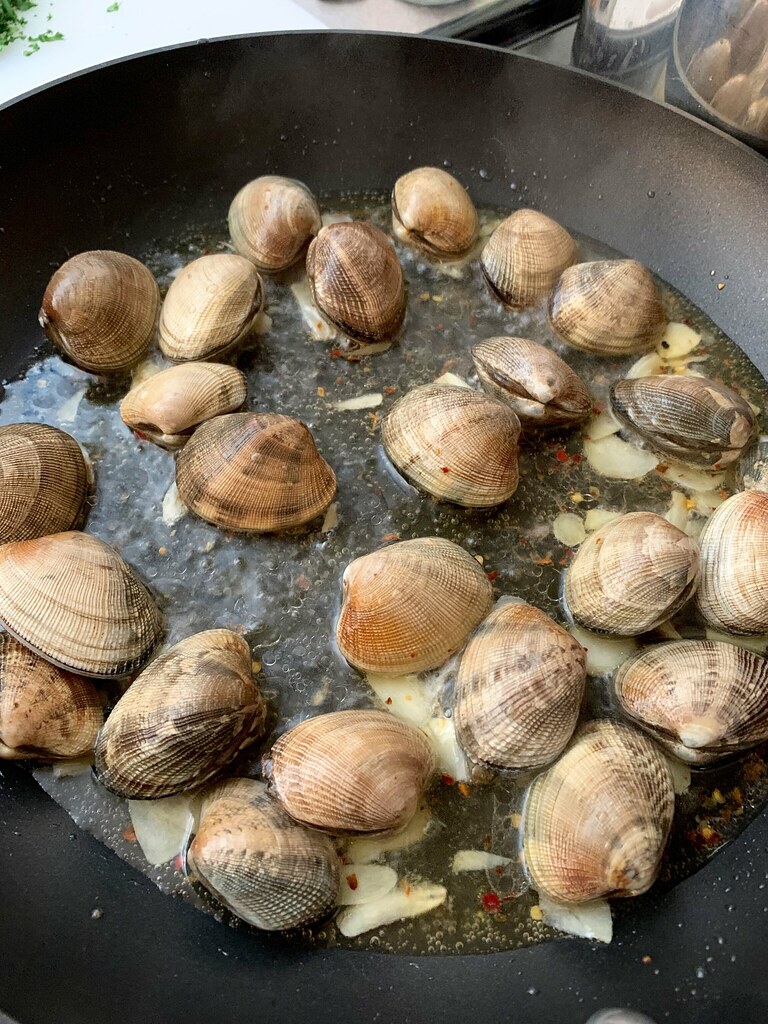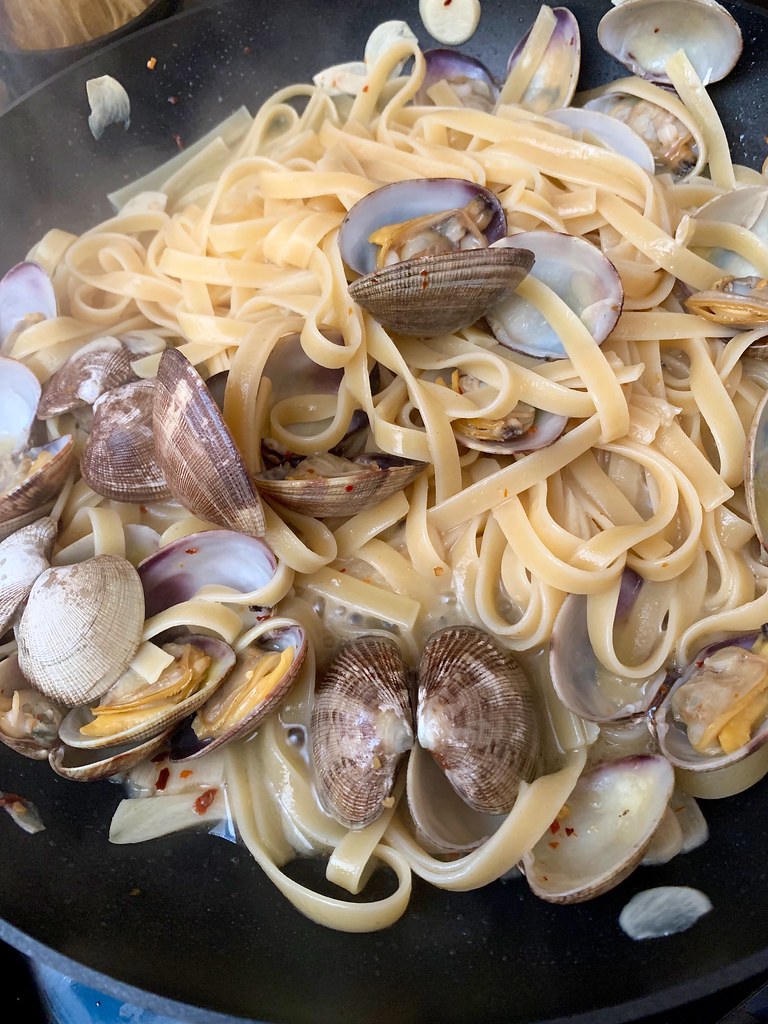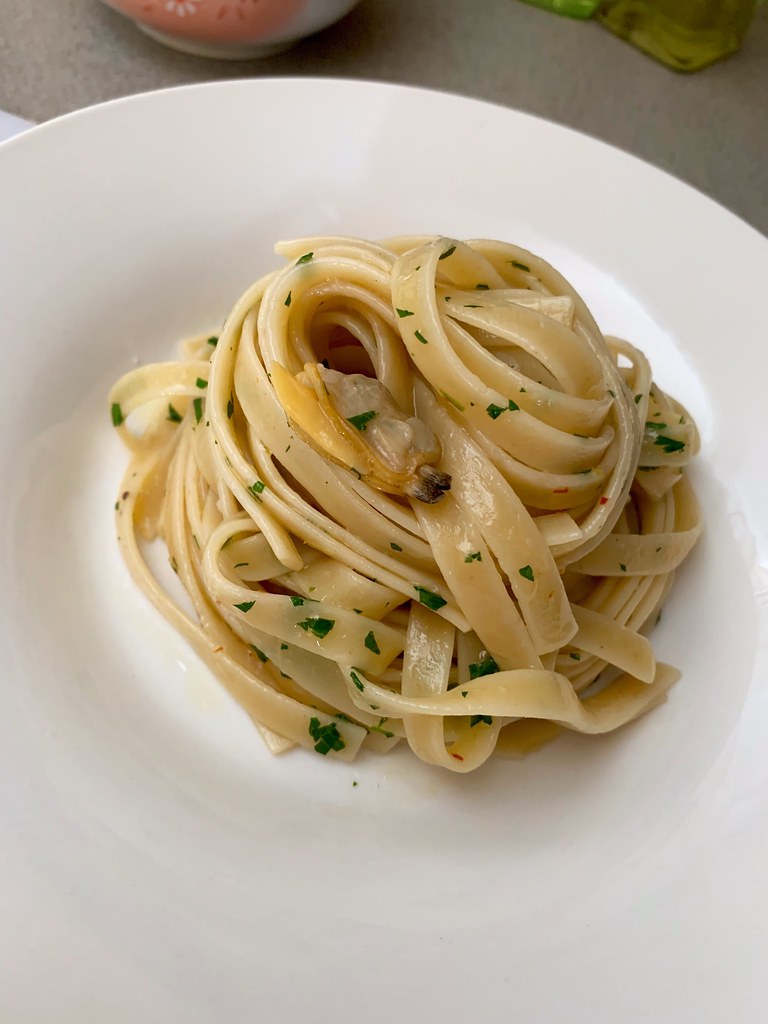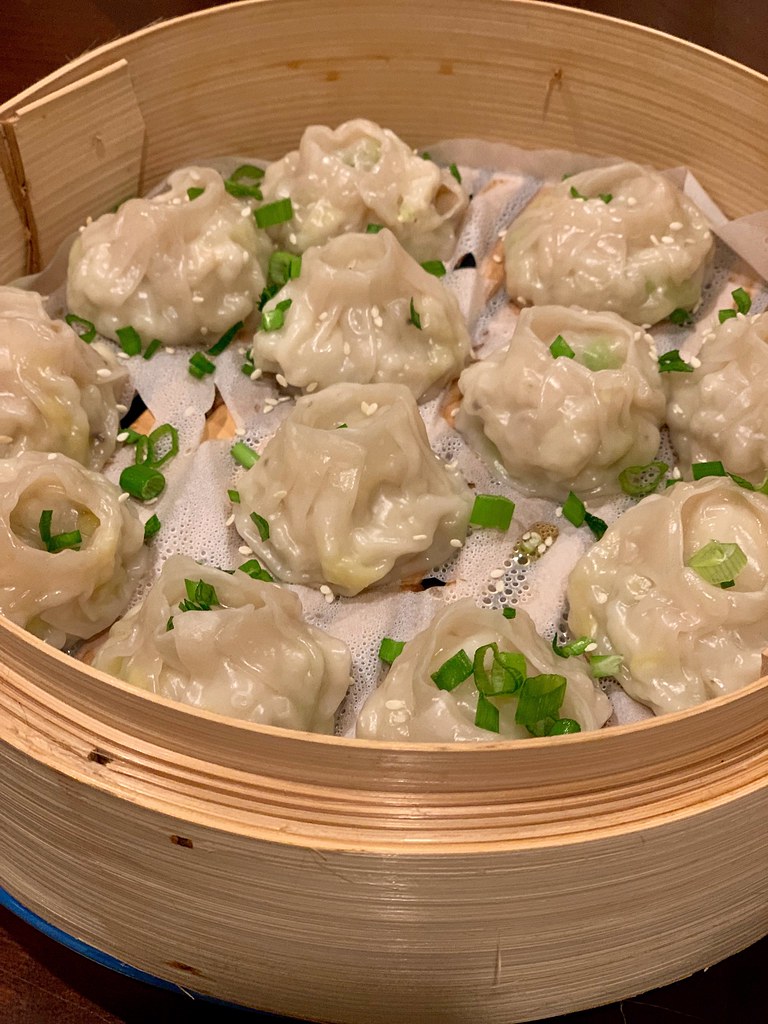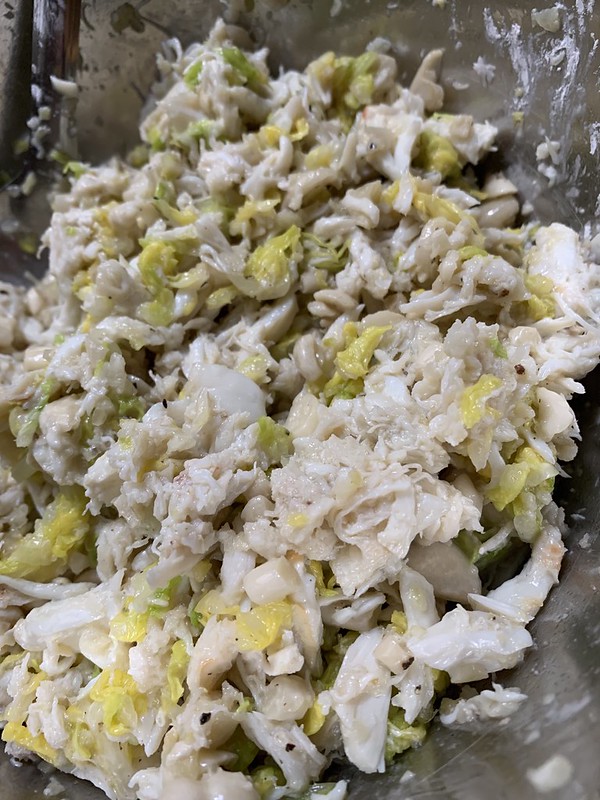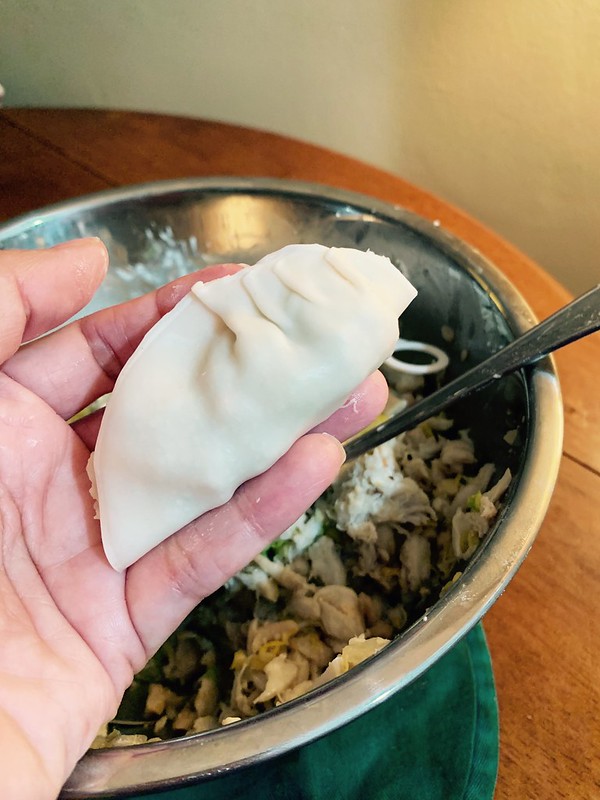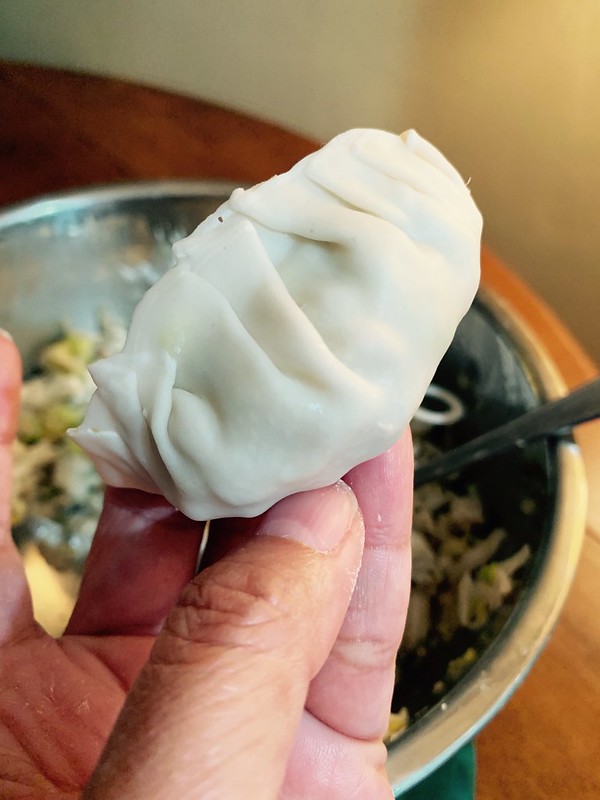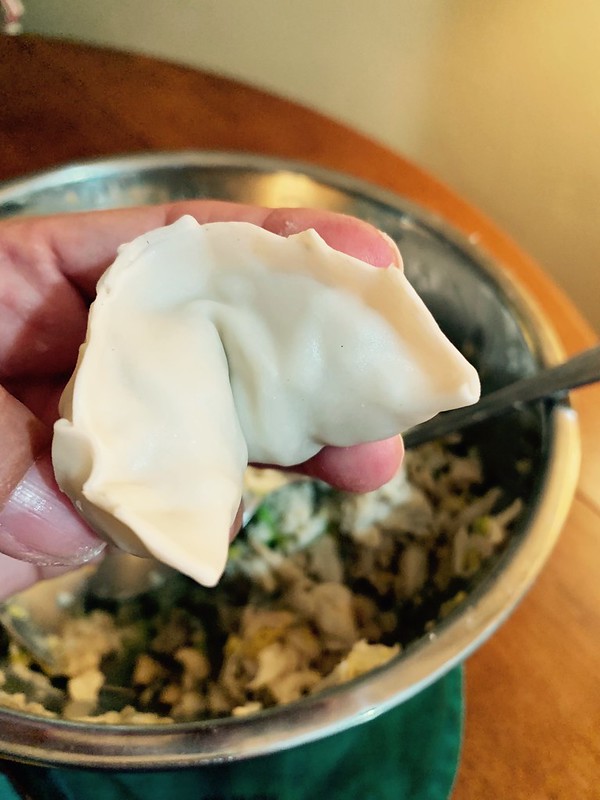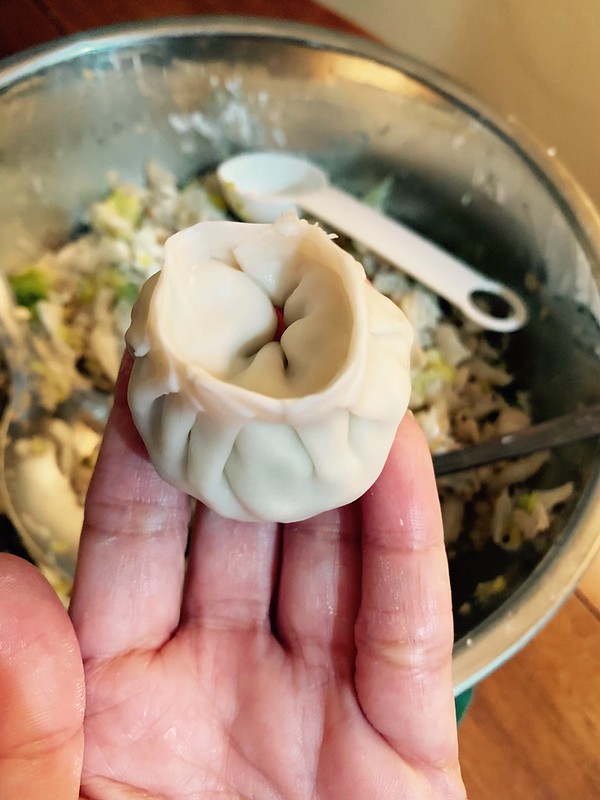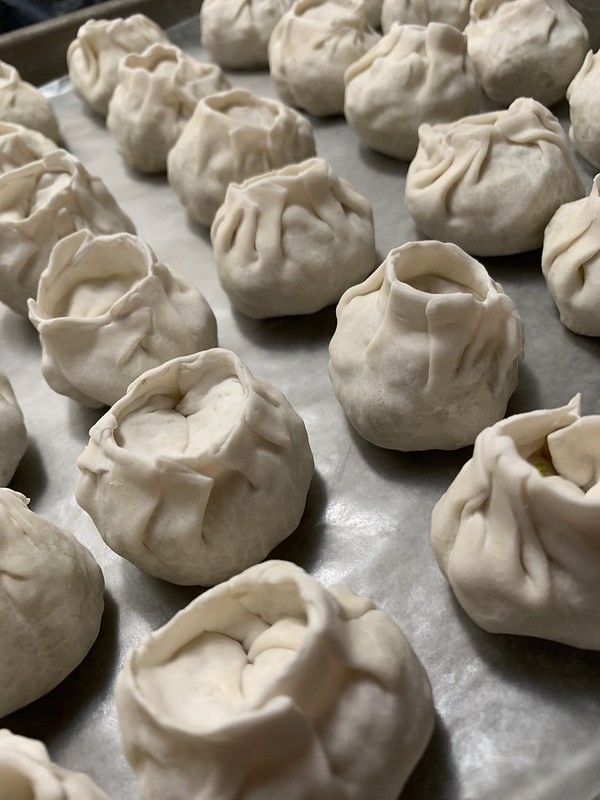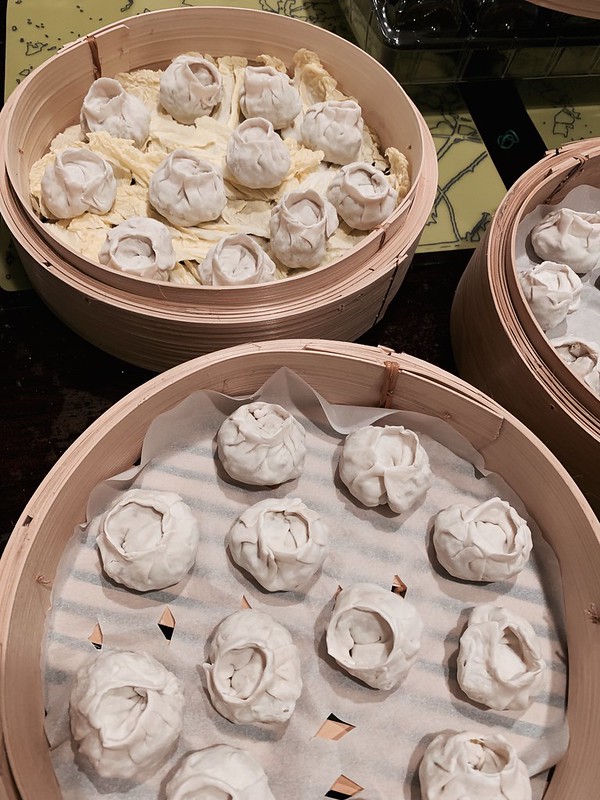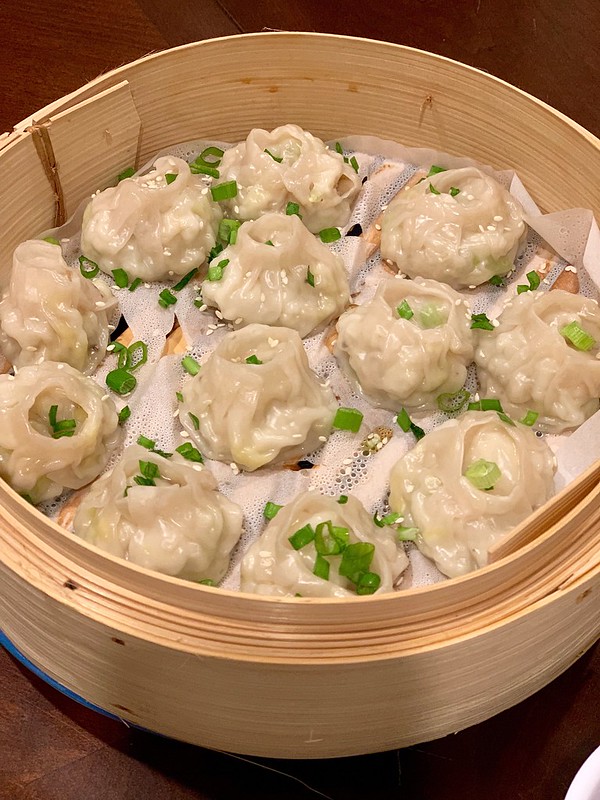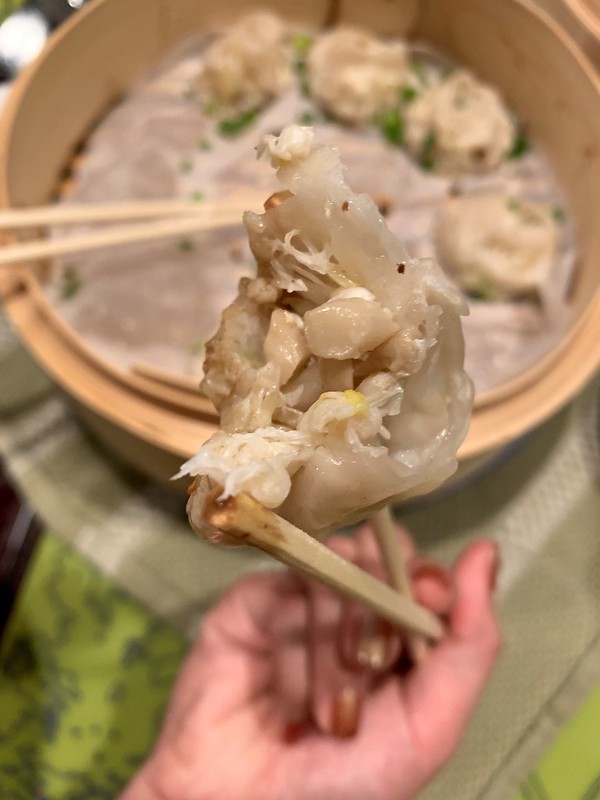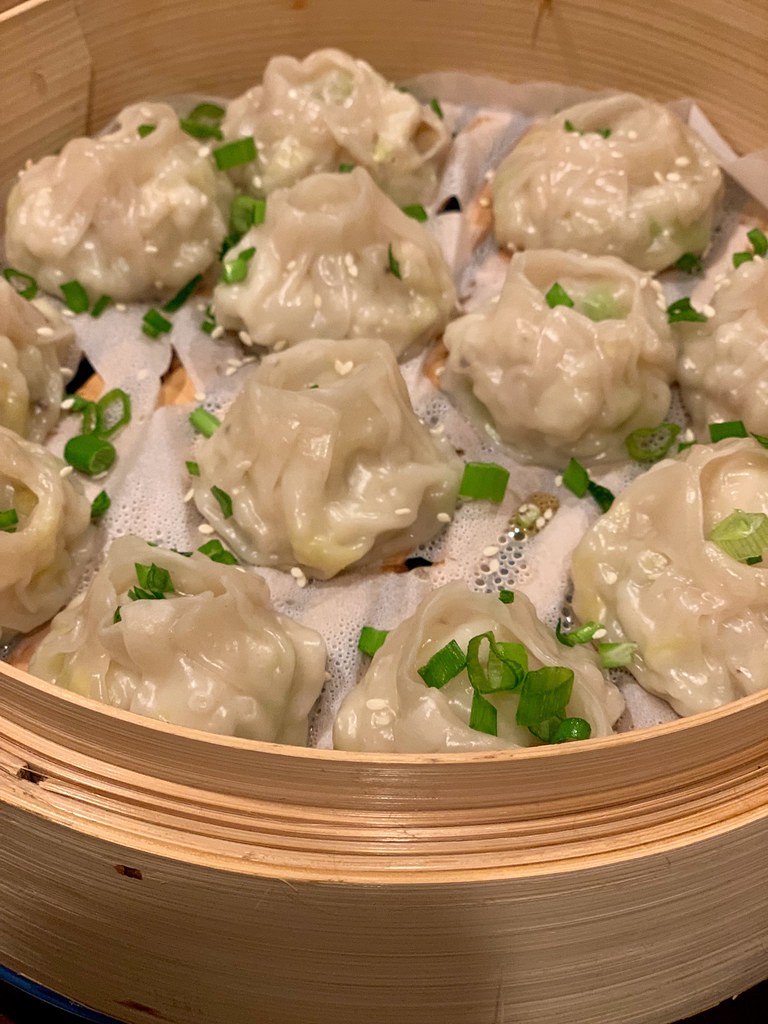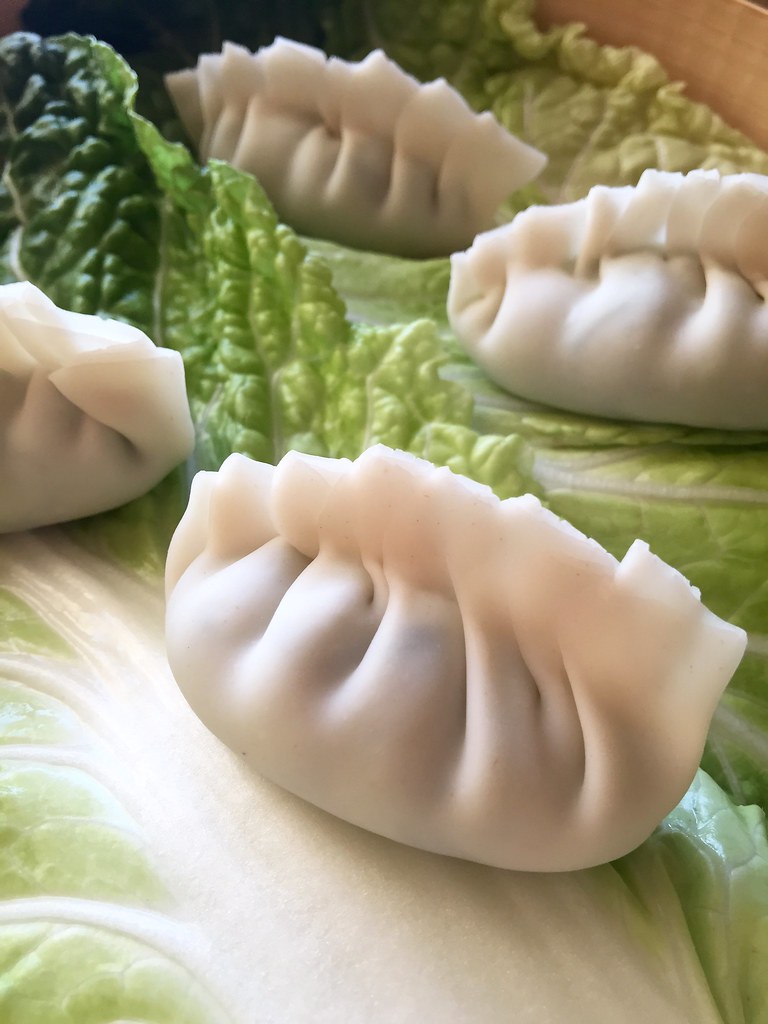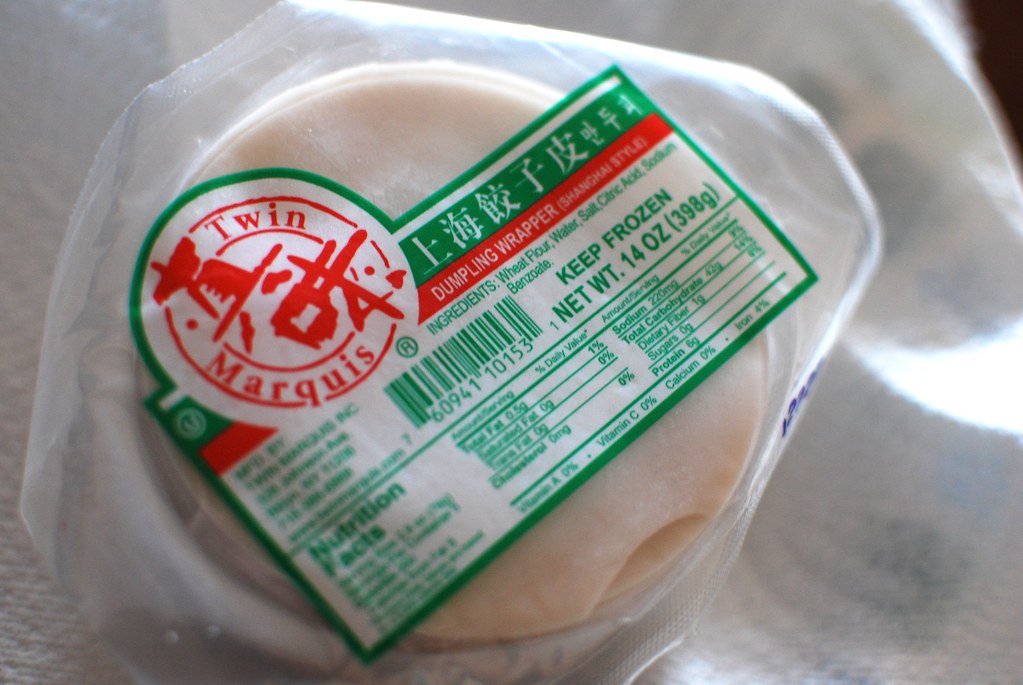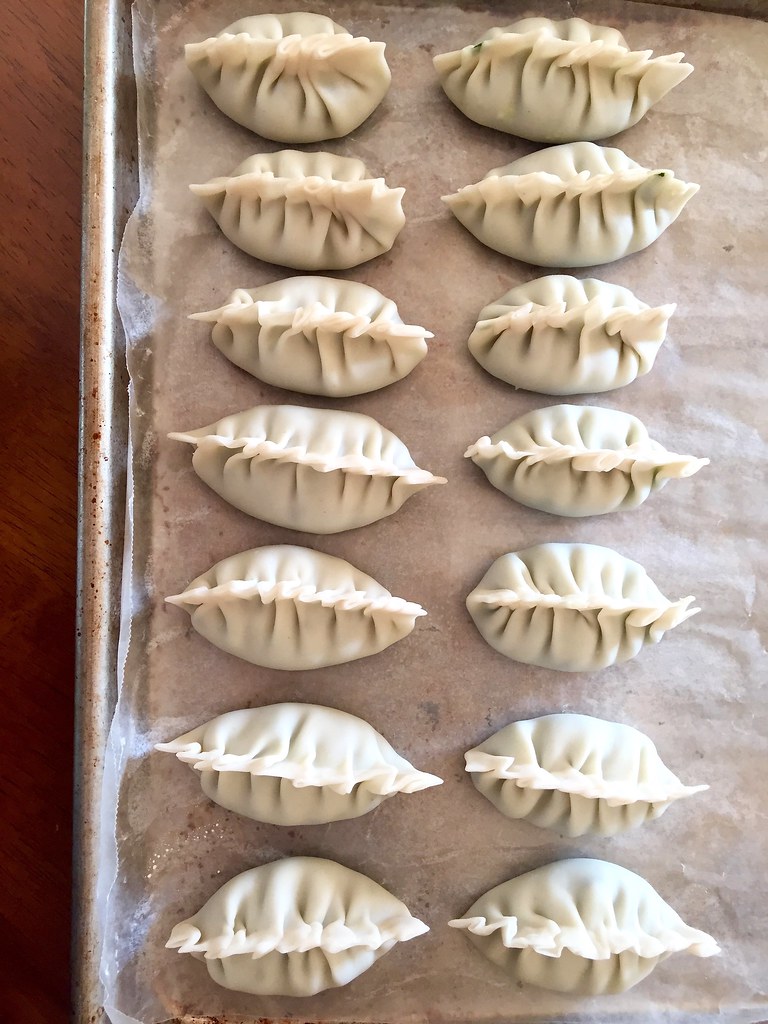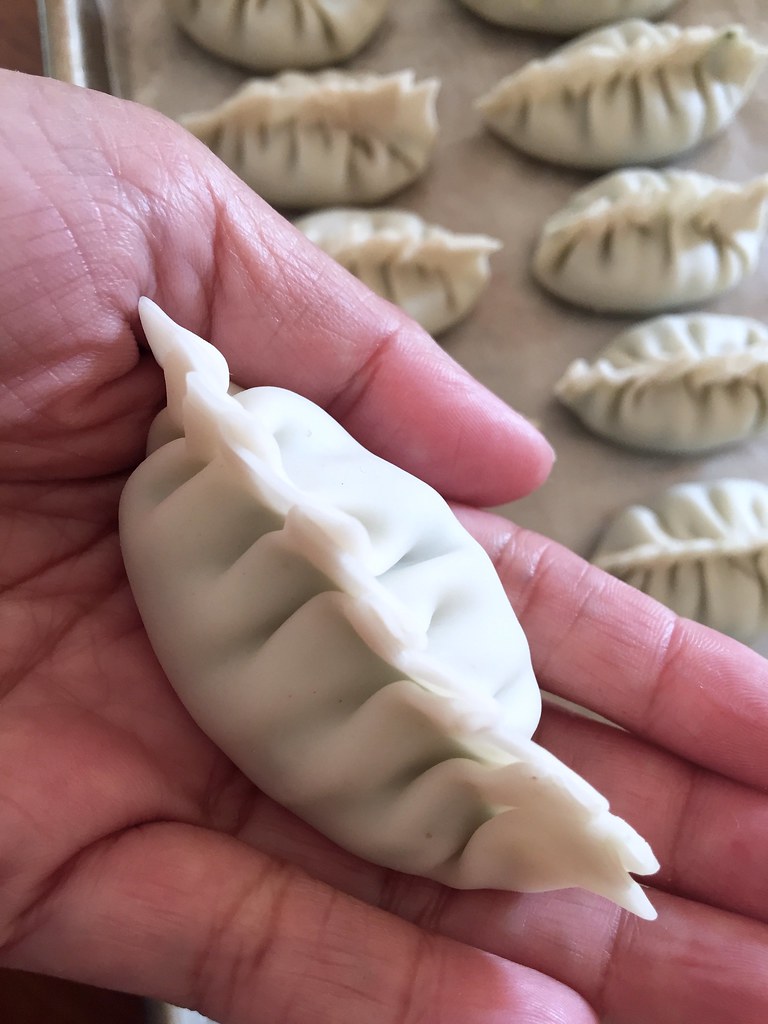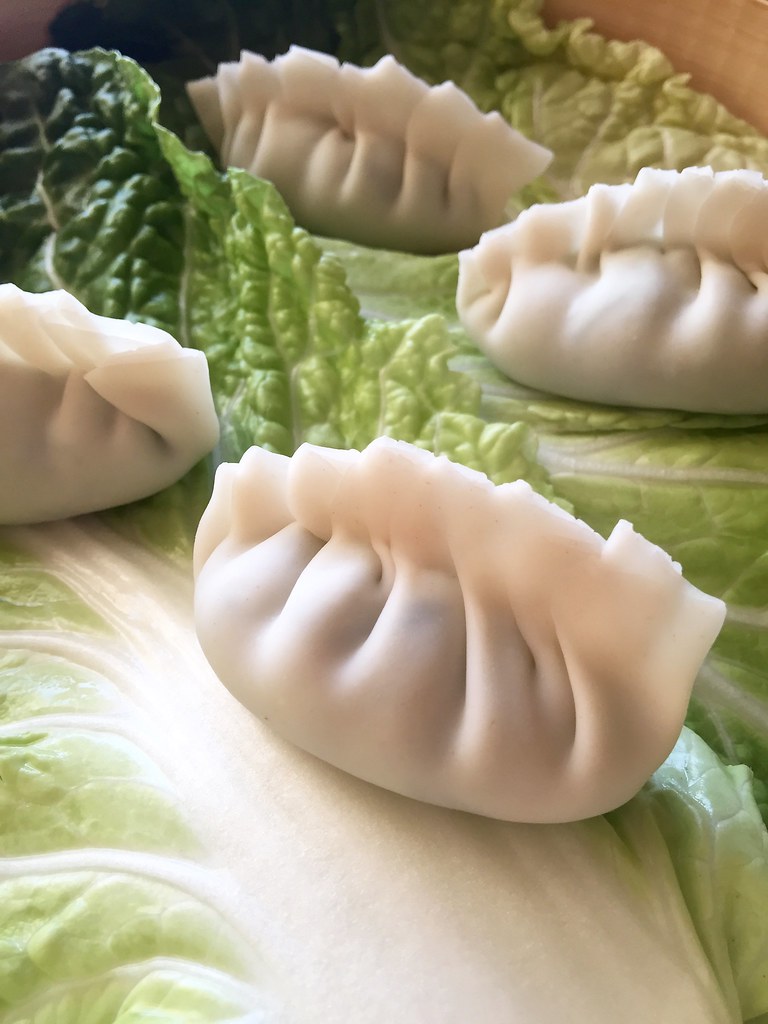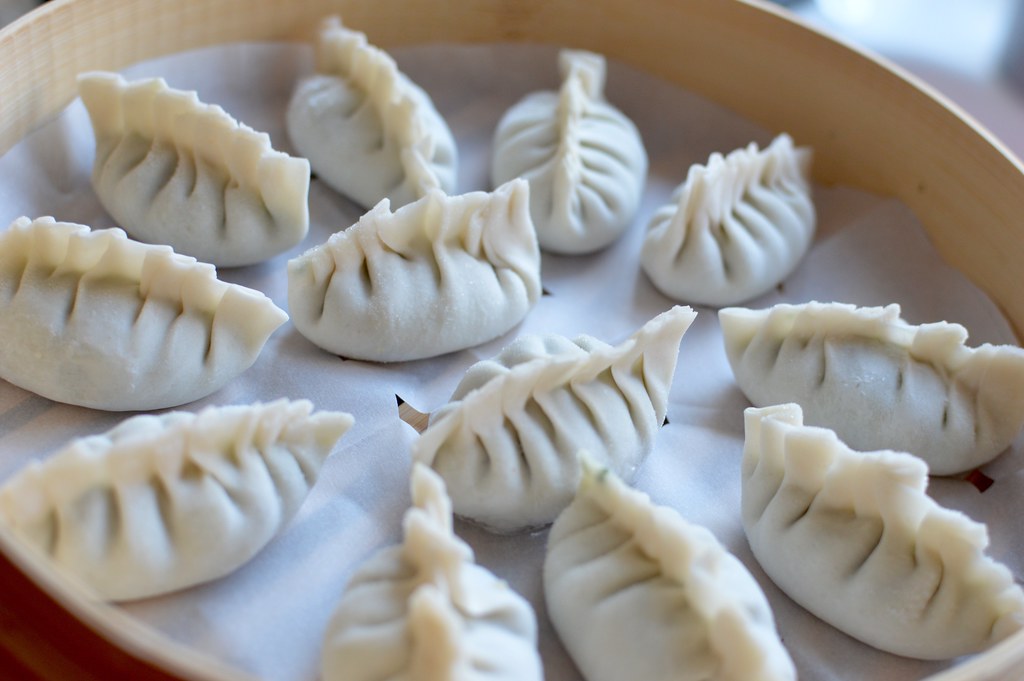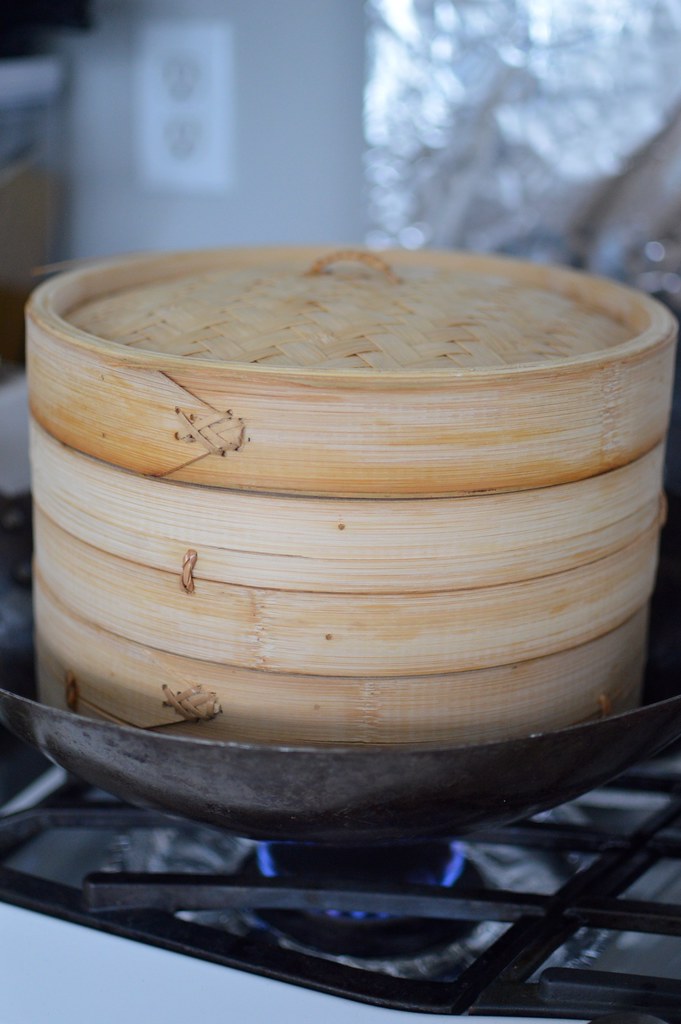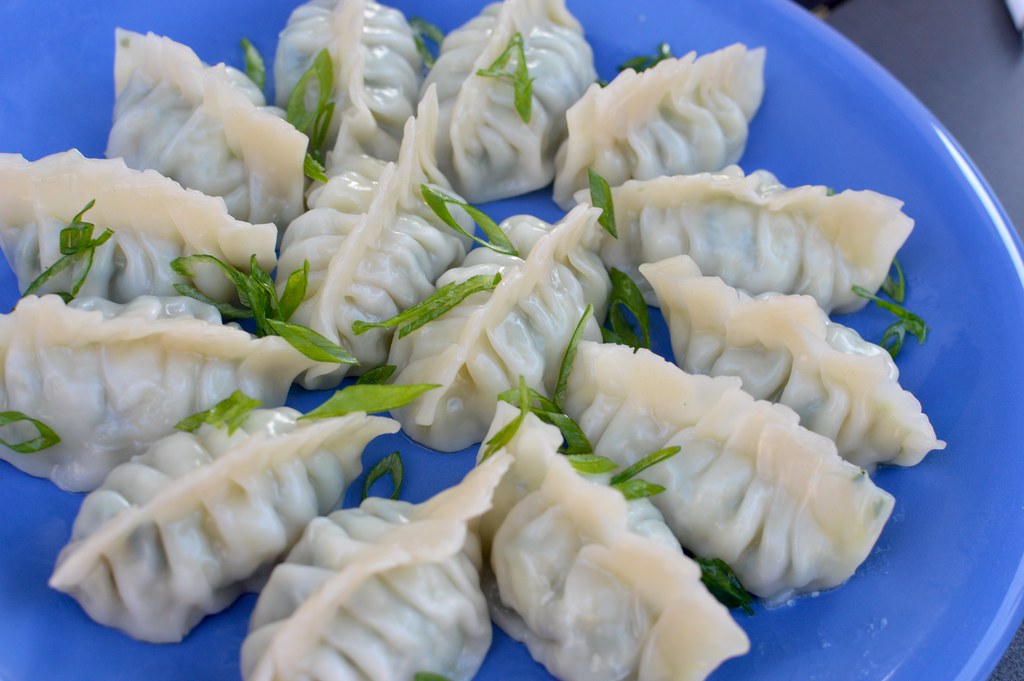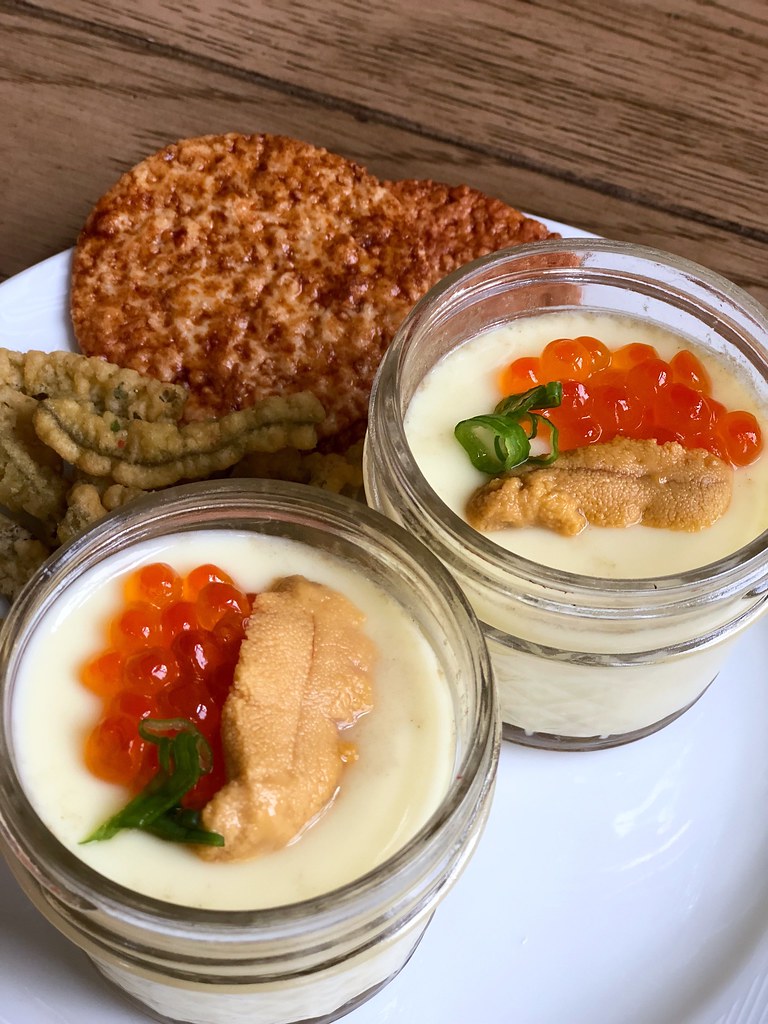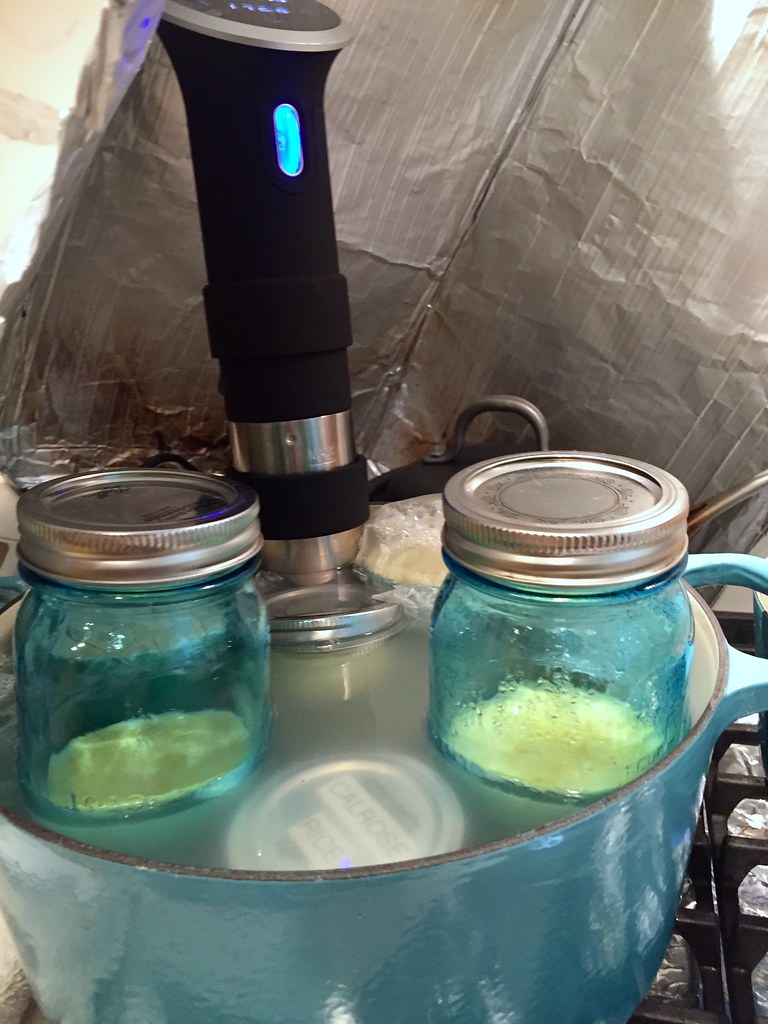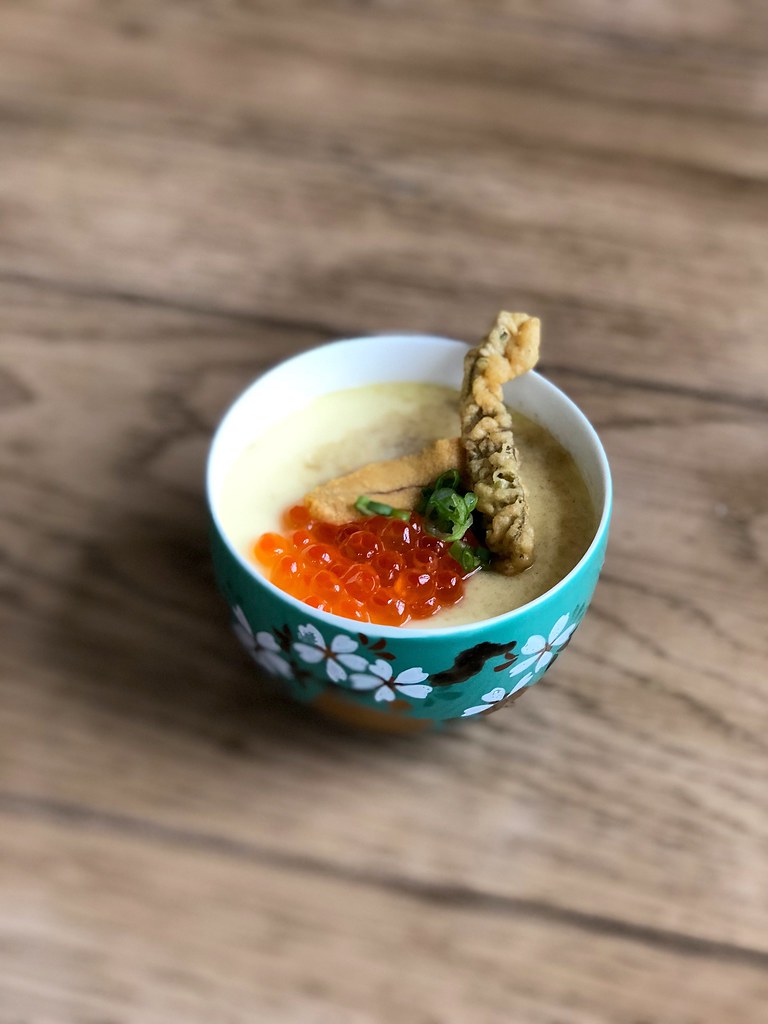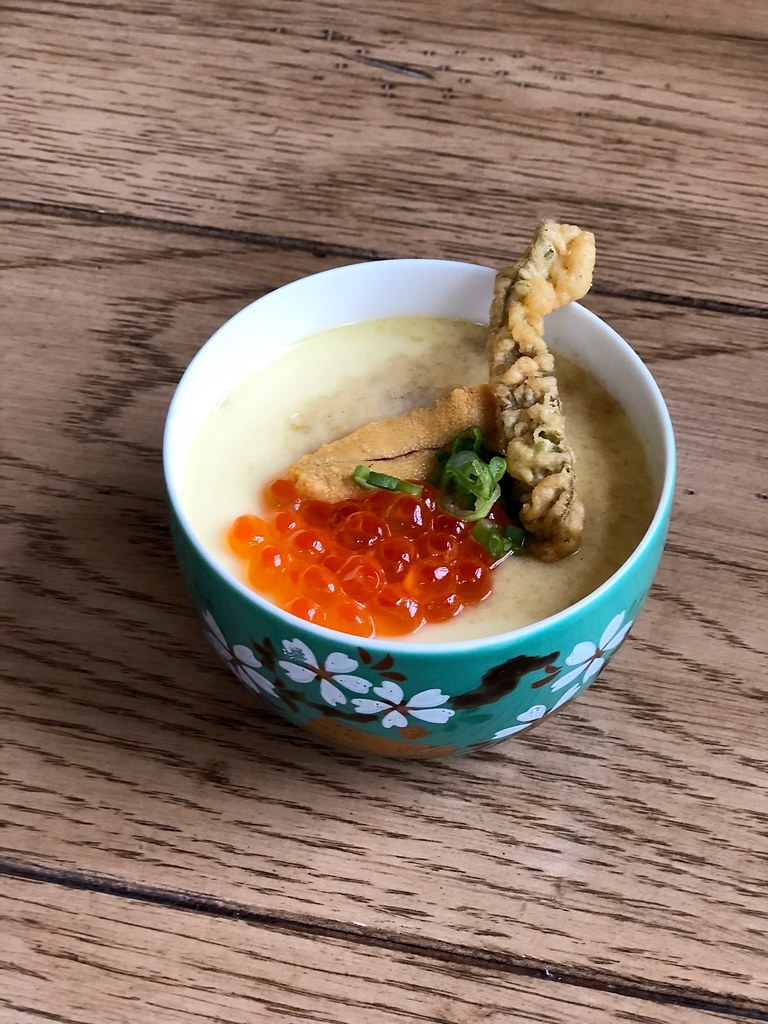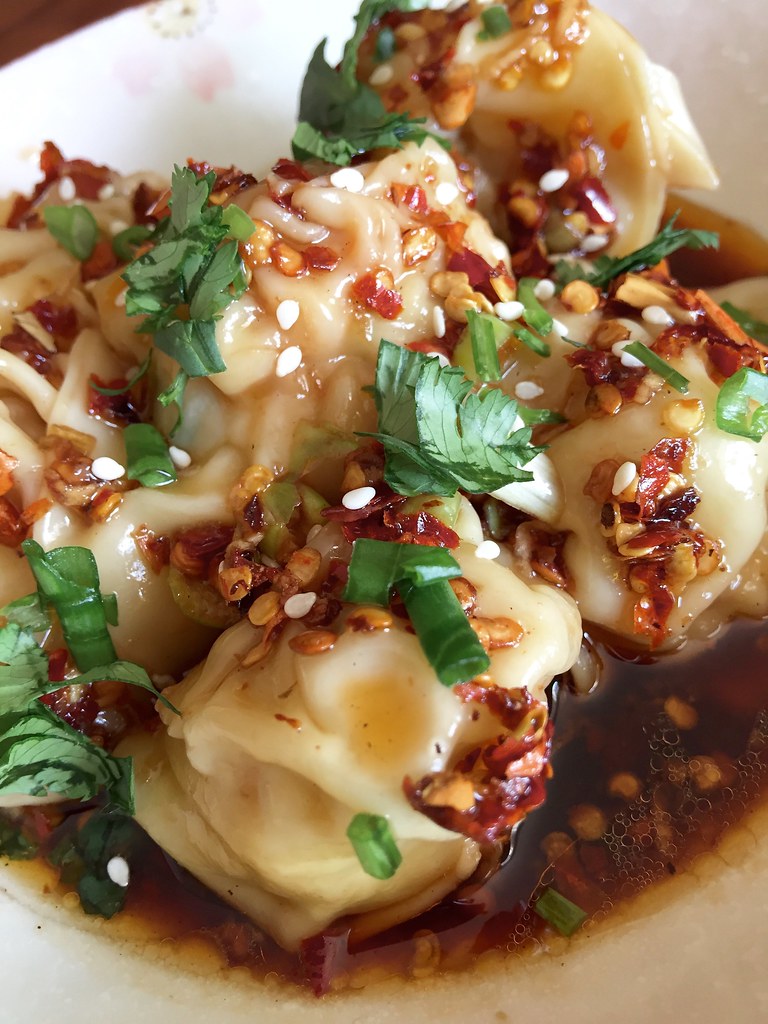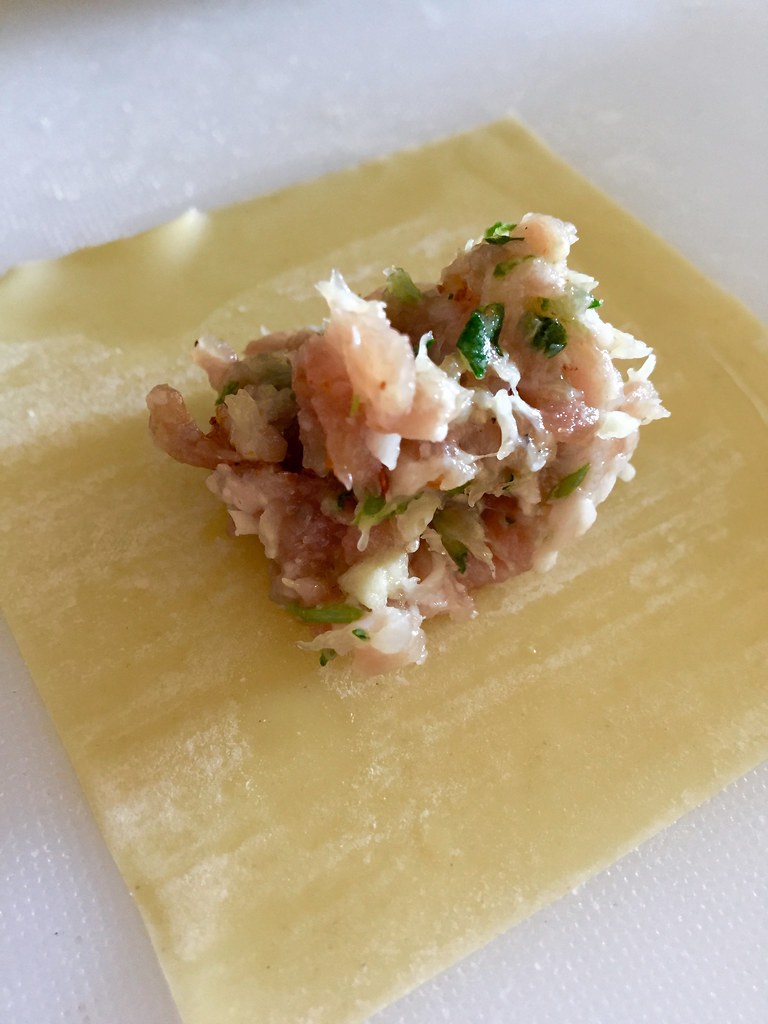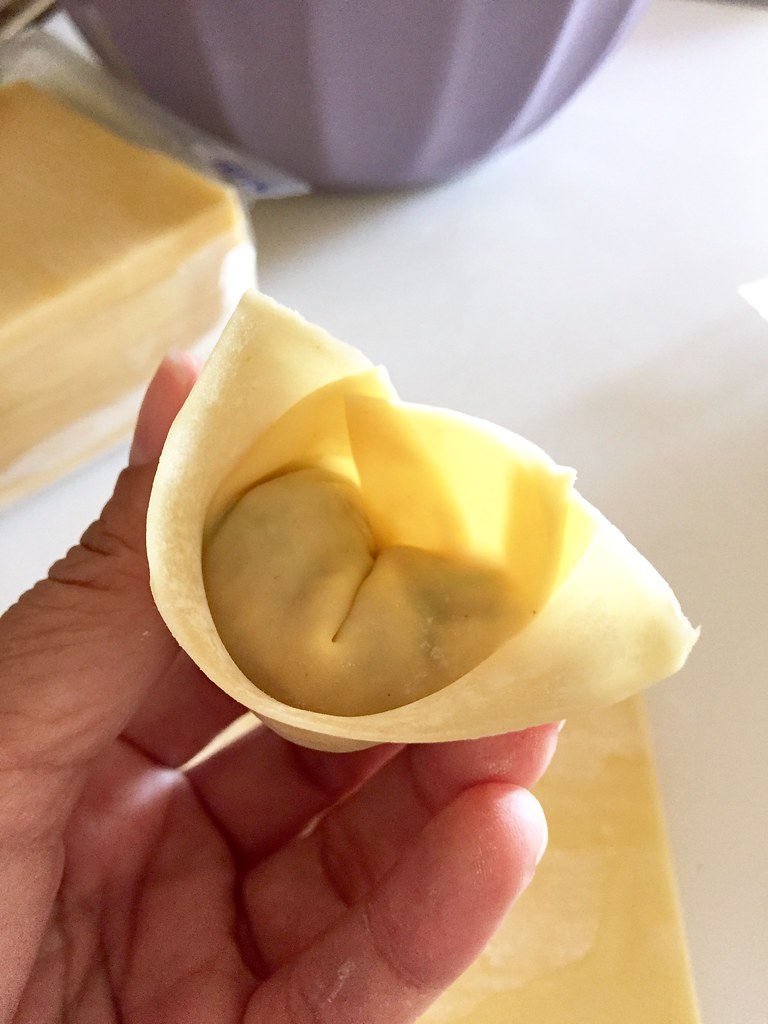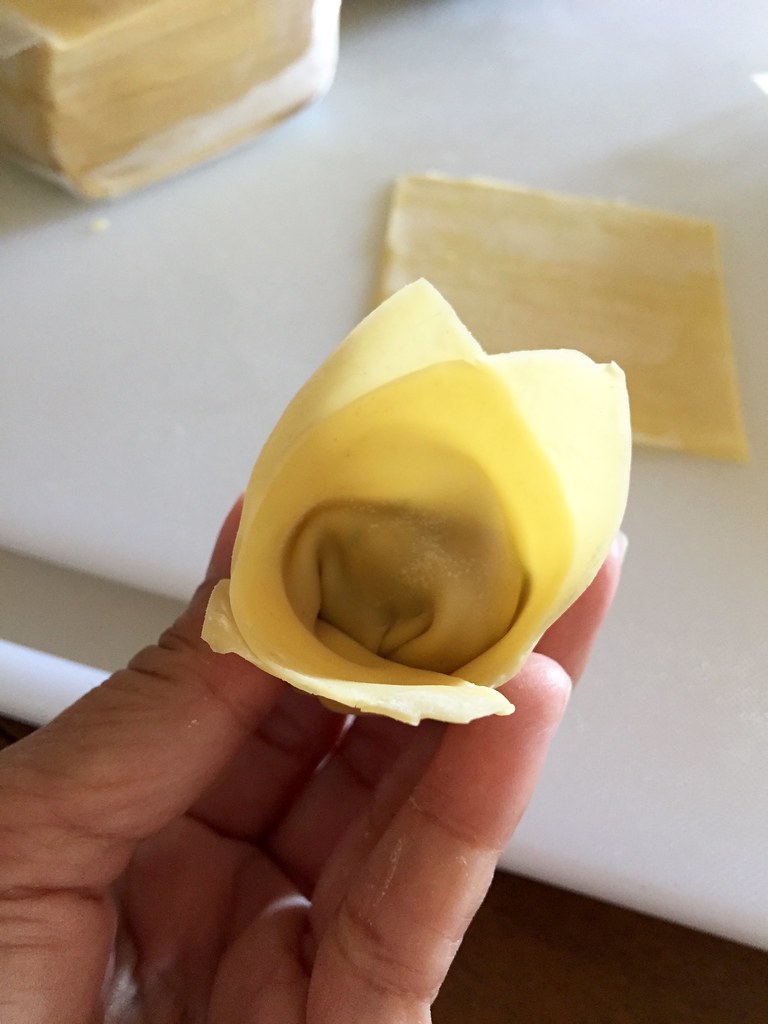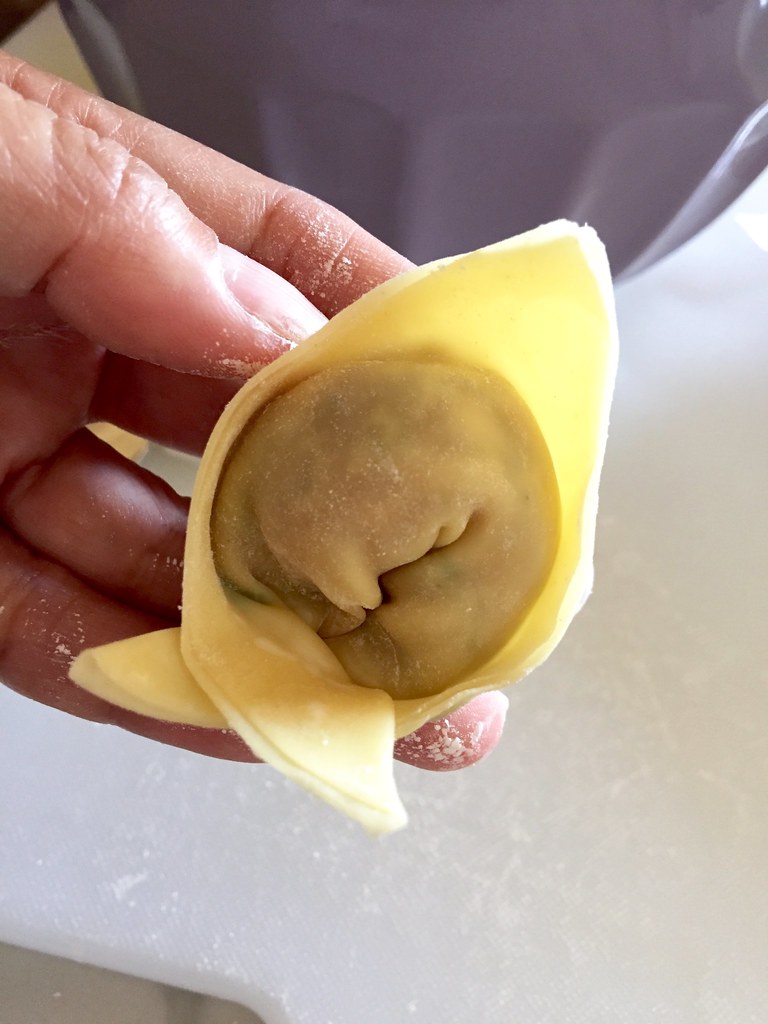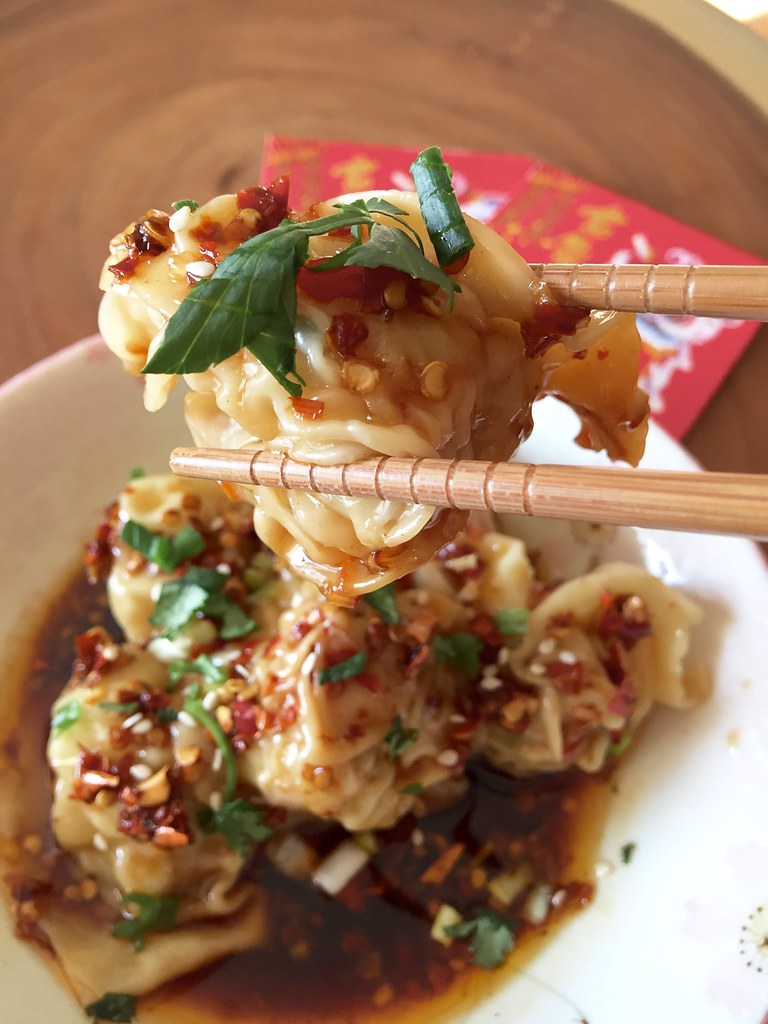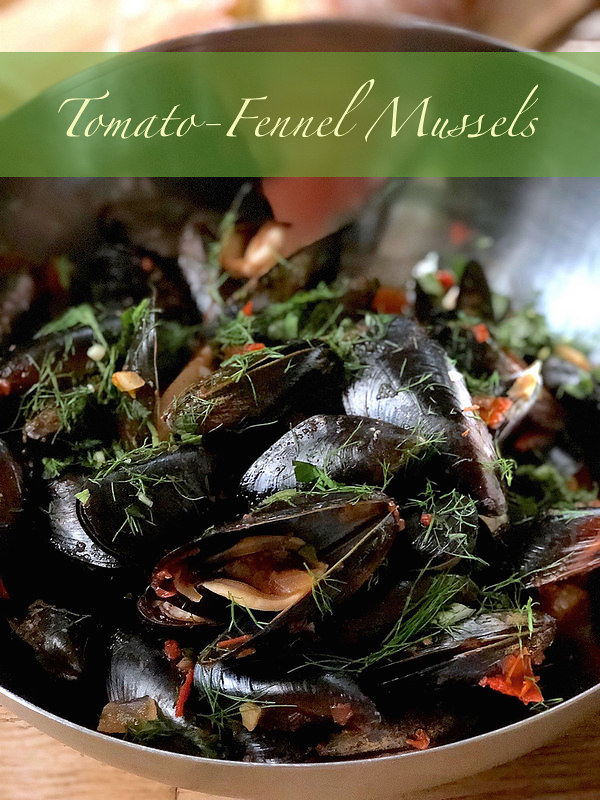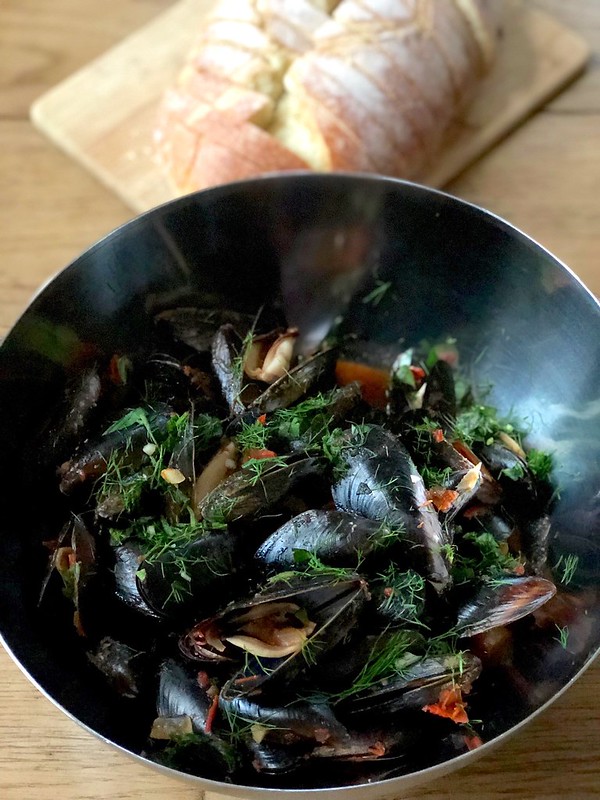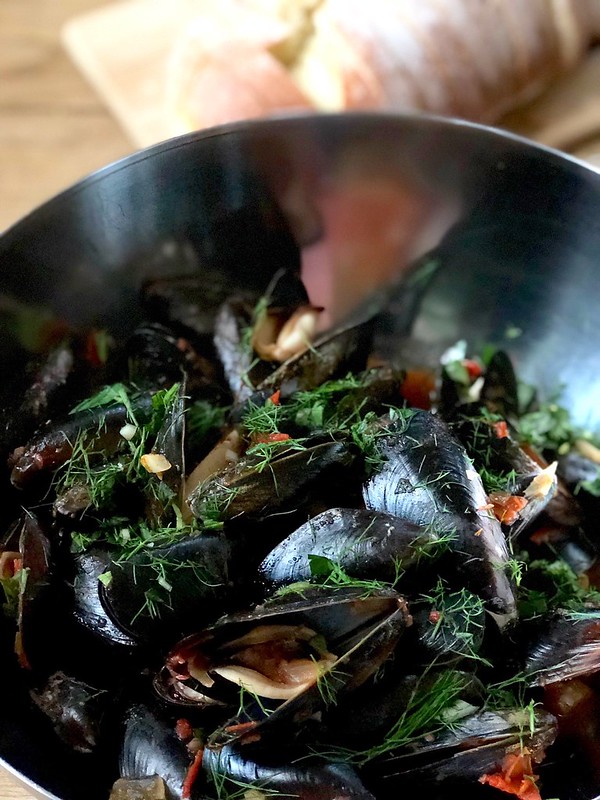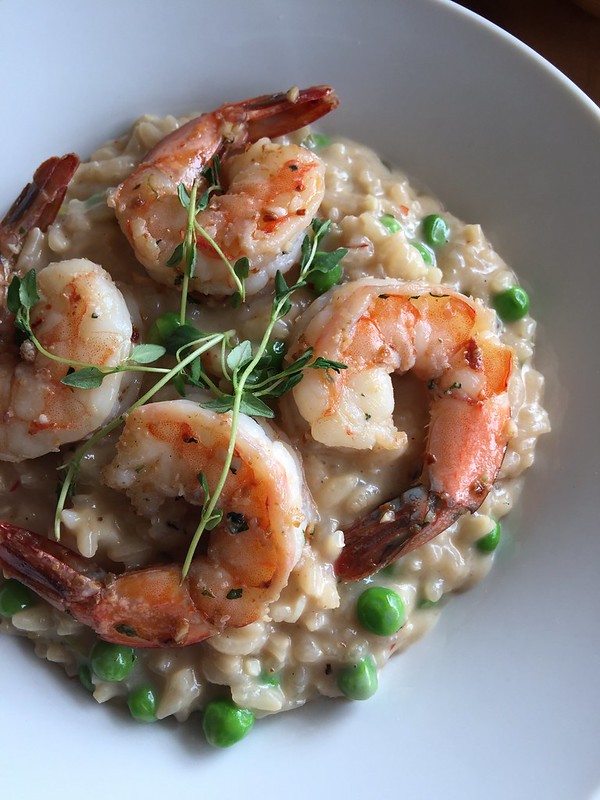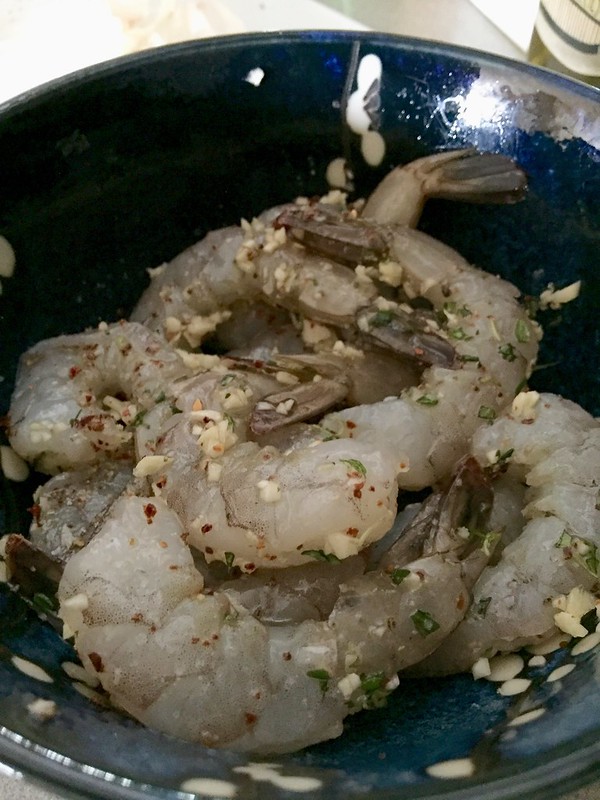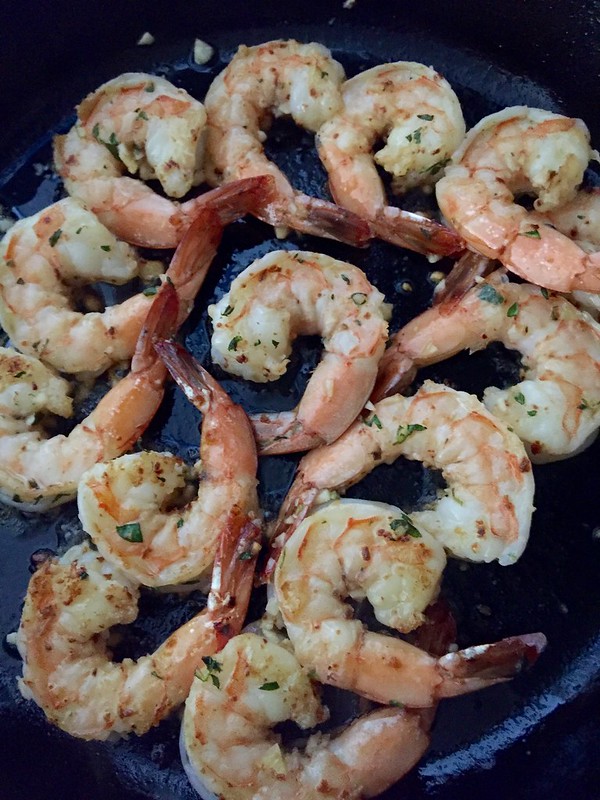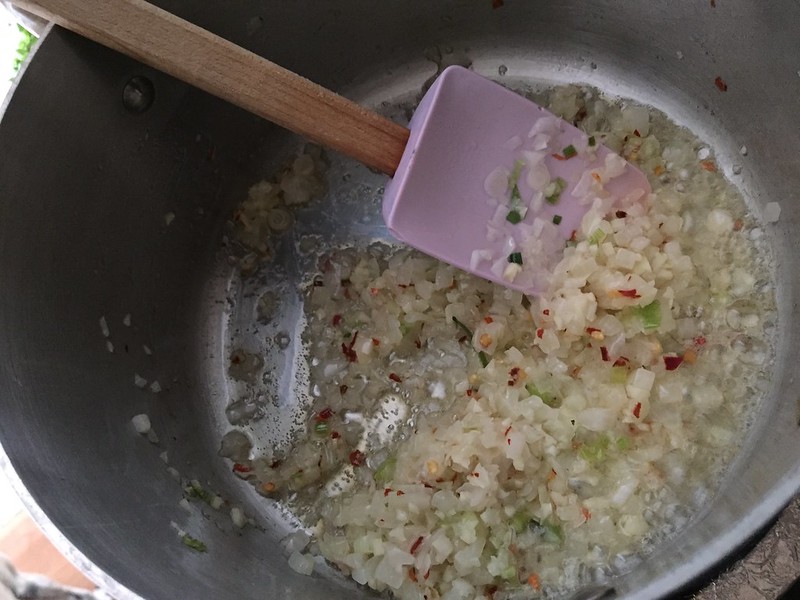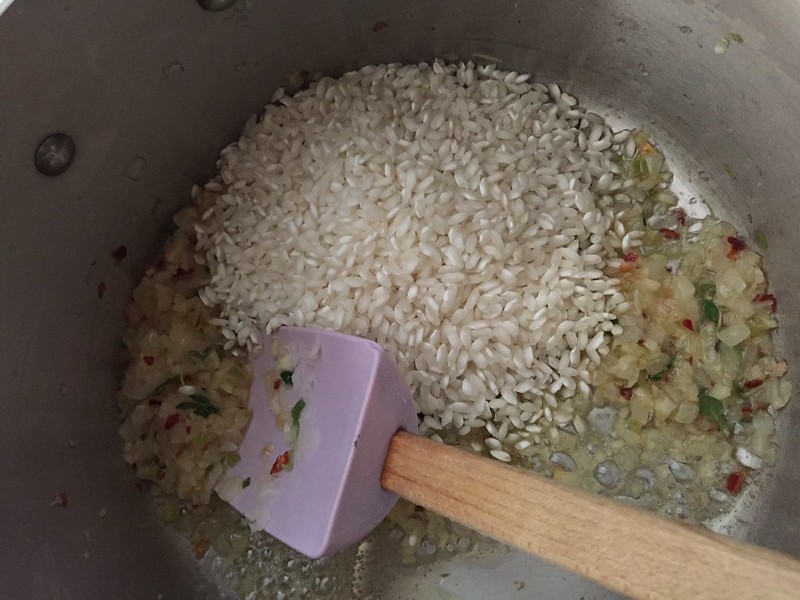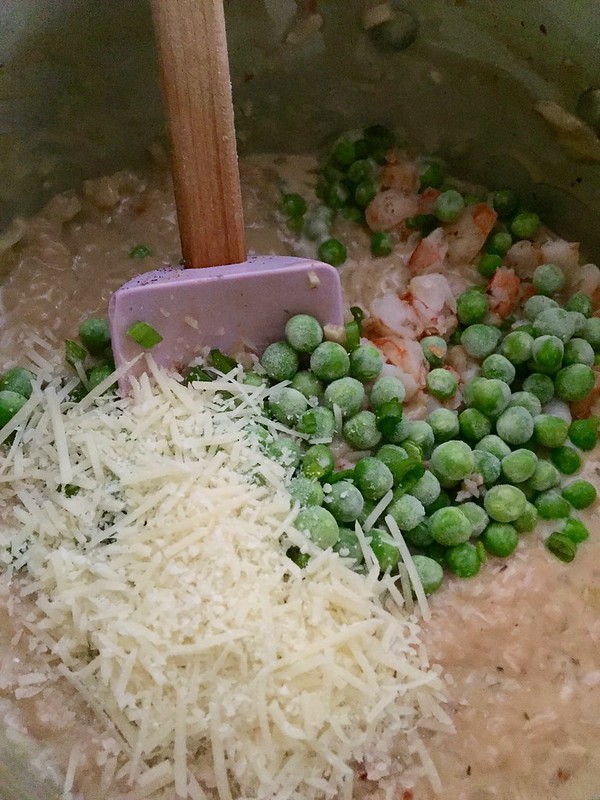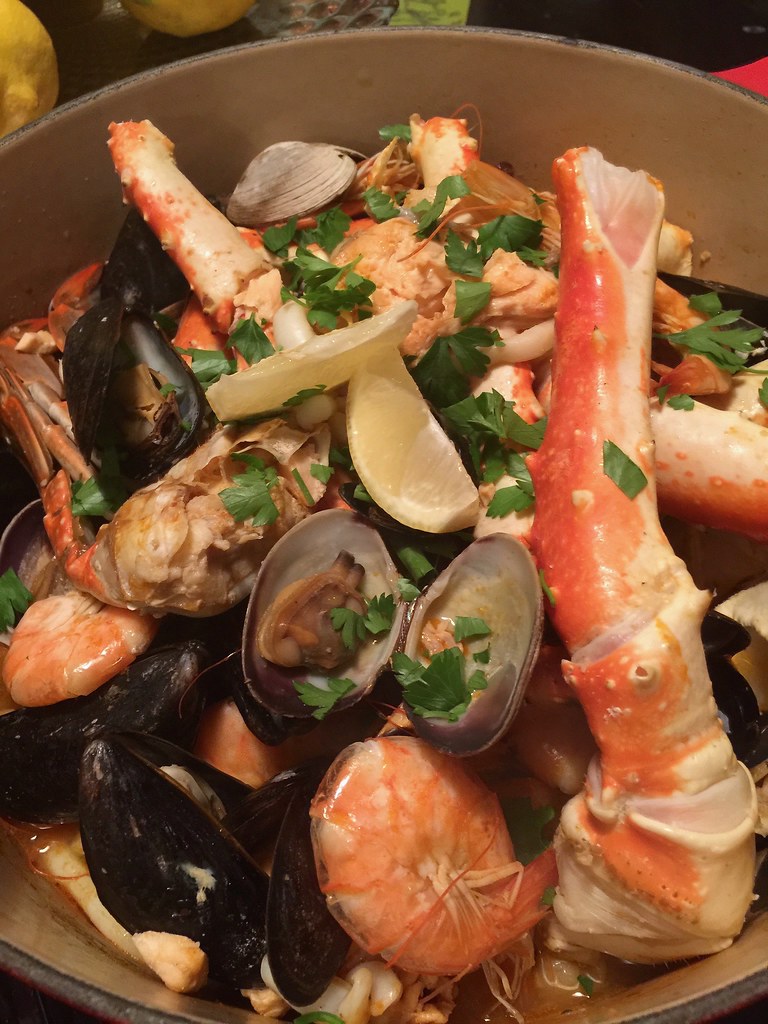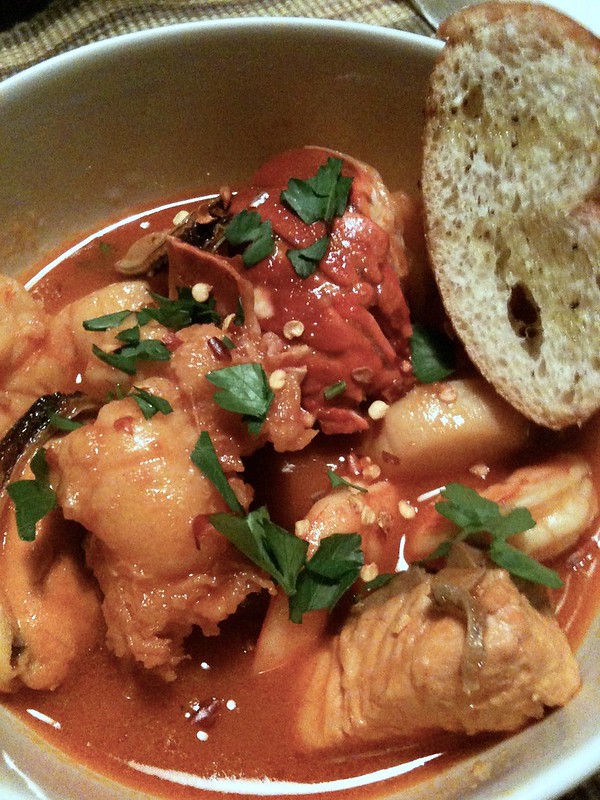I know, I know…it’s been REALLY quiet around here this past year.
The truth is, even before the world had turned upside down, I was considering what to do with this site. I started TCC in 2008 as a way to share recipes between the Fam since we all lived so far apart. And at the time, “food blogging” had only been around for a few years so I had no idea what I was doing.
As time went on, I cooked TONS more, photographed more, wrote more, and surprisingly had a lot of opportunities arise from what I considered a hobby. It was awesome! But the food landscape has evolved so much. The “food blog” game changed. Sites became highly editorialized with their photos and storylines. All WAY above my skillset. Not only was I out of my league, I was beginning to lose inspiration.
And then in early 2012 we started having our monthly Family Dinners. What was born out of a means to ensure that our family stay connected became these delicious, and yes elaborate, themed meals. TCC moved from recipes being posted 2 or 3 times a week, to Fam Din recaps so that we could document some family history. The blog kind of had a new raison d’etre and readers seemed to really enjoy following our Fam Din shenanigans—to see the dishes (the successes and FLOPS!) and to find out what the fam was up to that month.
But even with the new push, I had been behind with the Fam Din recaps at the end of last year (I blame it on being a Taurus) and as I began writing again to catch up, COVID hit……and the world stopped. Sure, quarantine and working from home gave me extra time to write but it all seemed….well, less important.
The other underlying factor was that our monthly Family Dinners stopped…. we had to. Sheltering in place was in order and non-essential gatherings were all on halt—not just for us, but the world. An 8 year tradition that we never broke had stopped. It was really tough. To try and stay connected, we’ve had weekly Family Zooms every Sunday and our seestrahs in OC make regular grocery and supply drop-offs for our Dad.
By early August, it had been nearly 5 months since California had been impacted…..and I hadn’t seen my family, who live only 90ish miles away, in-person since February. Knowing that a “second wave” and stricter mandates may be necessary this Fall, I decided to finally make a trip to see the Fam as it would have been 6 months since our last visit. I got COVID tested (which was negative) and packed up the car. And let me tell you, that 1.5 hour drive seemed like FOREVER! But once I got there—it was fantastic!
We planned to have a casual dinner together. No theme, low maintenance….hence the “Not-Really-Fam-Din” dinner situation. Plus I somehow chose to come up during a heatwave with high humidity so the least amount of cooking was paramount.
That day while we were out getting groceries, we stopped by a few places to pick up essentials— caffeine and hand soaps. We only ordered three drinks — yet somehow ended up with six…….but we did intentionally end up with that many bottles of foaming hand soap. 40 to be exact. Hey! There was a sale!
While I was up there, I was happy to see that Lucas had not lost his touch with being a puppy-whisperer. And for those of you that have been paying attention– yes, my fur-niece Lucy, who is a goldendoodle, when from a dark brown to white. Still as adorable and puppy-hyper as ever.
And although it wasn’t a “Family Dinner” some things remain the same….like the kiddos catching up on homework.
Maya is working two computers and her phone at the same time. Those techie Gen Z kiddos…..
She even managed to get her big cousie, Nina, to help her on a poster for a presentation she was going to do later that week.
(Confession: I also joined in on the coloring…because I do love to color!)
And of course, there were a few adult beverages consumed.
Since it was 105984266978 degrees out, I wanted to have something like and refreshing. Aperol Spritzes it is! Plus it helped me pretend that we were summering somewhere in Italy while drinking these spritzes on a balcony in Venice.
And because I know my family, I picked up some goodies for a simple Cheese and Charcuterie Board for them to nosh on. Although this was not what I had planned for appetizers, Seester N and her fam always arrive R-A-V-E-N-O-U-S …. even though they know dinner won’t be ready for hours!
To avoid a hangry backlash, I grabbed some spicy calabrese and a wedge of Saint André Triple Brie Cheese while we were at Trader Joe’s. We also found some spinach artichoke dip in the fridge and toasted up the sourdough bread that I had baked earlier….along with some fresh figs from T’s tree in the backyard.
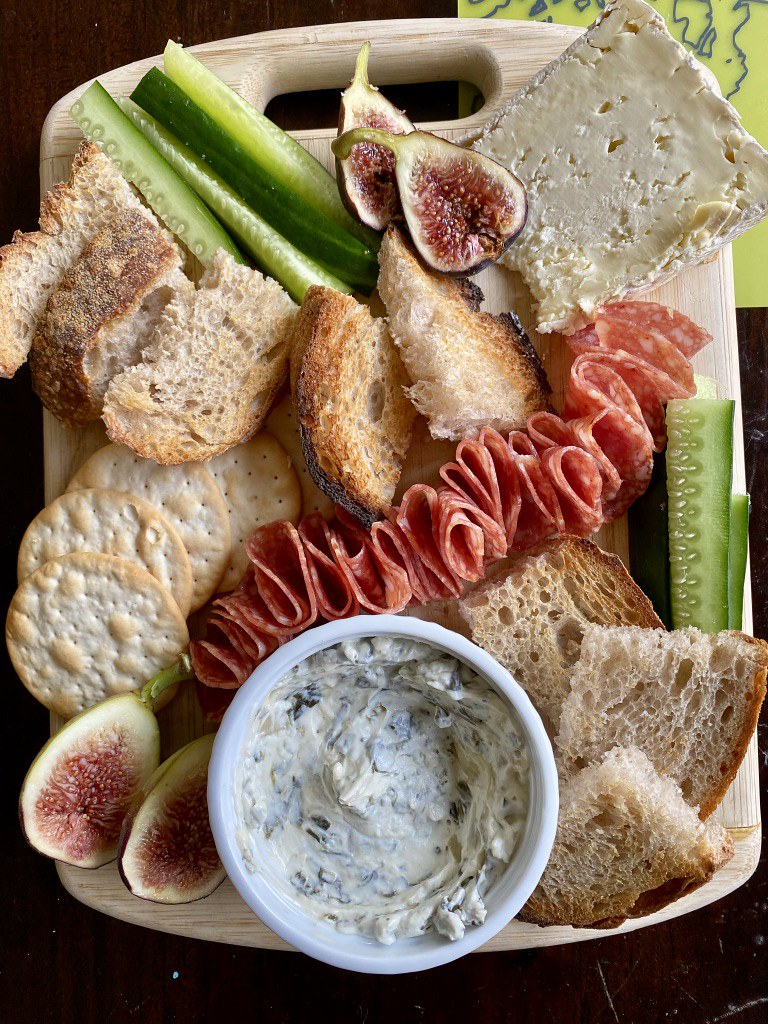 I can’t tell you how much I’ve missed this grumpy face.
I can’t tell you how much I’ve missed this grumpy face.
Since it was soooo hot out, I wanted an easy appetizer that was light and required little-to-no cooking. It really is a no brainer what this family likes—sashimi and sushi! So we swung by Tokyo Central to see what they had fresh that day – and they had A LOT. I grabbed several packages of fresh fishes, nori, picked ginger, yuzu kosho …. and a few other snackies to enjoy another day.
After making the rice, I immediately handed the reigns to our resident sushi chef, Nini. She seriously has skills… not just knife skills but she also makes this crack sauce that should be bottled. That afternoon she got some back up from her big seestrah, Nina, on forming the nigiri rice.
And this is what they came up with……
Sashimi plate of fresh salmon, akami, chūtoro and wakame.
A sushi plate of salmon nigiri, akami nigiri, masago gunkan and spicy salmon & avocado rolls.
Amazing right?
And how adorable is she?
Yes, Nini is starting her 3rd year in college but she’s been in charge of our sushi/sashimi for years now. Just goes to show what can happen with a munchin with a good palate and has been exposed to the kitchen at a young age.
Then, there was the main course. When Seestrah N texted that she would make us Bún Chả Hànội, I squealed with glee…..ask Bella. She can confirm.
Bún Chả Hànội is a Northern Vietnamese dish that consists of grilled pork skewers and pork patties with vermicelli noodles and fresh herbs/veggies. The flavors are both extremely savory and slightly sweet with pungent (in a VERY good way) notes from the nước chấm (dipping sauce) and bright herbaceousness from the herbs, greens and pickled veggies.
It’s so damn good.
Bún Chả Hànội was thrust into the mainstream foodie spotlight when Anthony Bourdain (may he rest in paradise) brought President Obama (may he long live) to enjoy the wonderful dish on his Parts Unknown show.
Seester N had marinated the pork overnight with ingredients like fish sauce, sugar, pepper, oyster sauce, garlic and shallots. For the thinly sliced pork, we skewered them on bamboo sticks that she had soaked overnight in water. For the ground pork (with the same marinade), we formed them into little patties. And for the record, she sure did scold us when she thought we didn’t make them the correct size or shape!
Once done, we handed it over to my BIL to grill. Also, can we give a big C-O-N-G-R-A-T-S to C for being newly retired! I’m incredibly envious! (We all are!)
You may think the pork looks a bit fatty but OH MAN. When it chars up—it’s SOOO good.
I’ve got to assume the neighbors were very jealous smelling all the deliciousness that was being grilled.
This grill basket is a must so that the patties don’t fall through the grates. You can pick them up for a few bucks at your local Asian grocery store.
Yeah…we moved onto some Pine Ridge wine by then. And then some Rosé… and then some Decoy Cabernet Sauvignon.
HELLO!?!?!?! It’s been SIX MONTHS since we had seen each other!
It had finally cooled down a bit so we braved dining al fresco.
Take a gander of this beautiful spread of Bún Chả Hànội!
Bún Chả Hànội does looks similar to Bún Thịt Nướng. I would say that some of the differences is that traditionally the nước chấm is much lighter and less pungent in the former dish. It’s a bit watered down so that when served, the pork patties and grilled pork are swimming in a bowl of it. You also dunk the vermicelli noodles into the nước chấm versus having everything already assembled in the bowl like with Bún Thịt Nướng.
Think of it kind of like Tsukemen ramen where the noodles are served separately and you dunk it in the sauce/broth.
It may appear to be heavy with all of the pork but the dish is surprisingly light and is the perfect meal for a hot day. All of the fresh herbs and greens definitely contribute to that.
It’s really one of my favorites.
Although our time was short, it was so good to spend some QT with the family and see the munchkins together again (both furry and furless!).
Some things never change—they’re still hams.
p.s. Nini did make us a delicious dessert — a Mango Royale. But we somehow managed to forget to take a picture of it! DOH! PRIME example of how this was NOT your standard family dinner.
p.s.s. I will be posting the recaps of the other Fam Dins to catch up in the next couple of weeks. Pinky swear!
p.s.s.s. Pops is 79 and is definitely in the high-risk group–so he stayed home that night. Rest assured, we visited him (masked and safe) the next day to bring him leftovers.

p.s.s.s.s. This is him realizing that we also brought him lunch from the Cheesecake Factory.
Him: “Is that Cheesecake Factory??? MY FAVORITE!”
ALL the delicious things we cook and bake for him and the Cheesecake Factory is still his favorite.

This guy….
LOL.

And that’s it. Until next time Friends, stay safe— and please WEAR A MASK!
 _________________________________________________________
_________________________________________________________
“Not-Really-Fam-Din” Dinner Menu
Cocktails: Aperol Spritz, Various Wines
Appetizers: Cheese and Charcuterie Board, Sashimi, Sushi
Entree: Bún Chả Hànội {Northern Vietnamese Grilled Pork and Pork Patties with Vermicelli Noodles}
Dessert: Mango Royale

